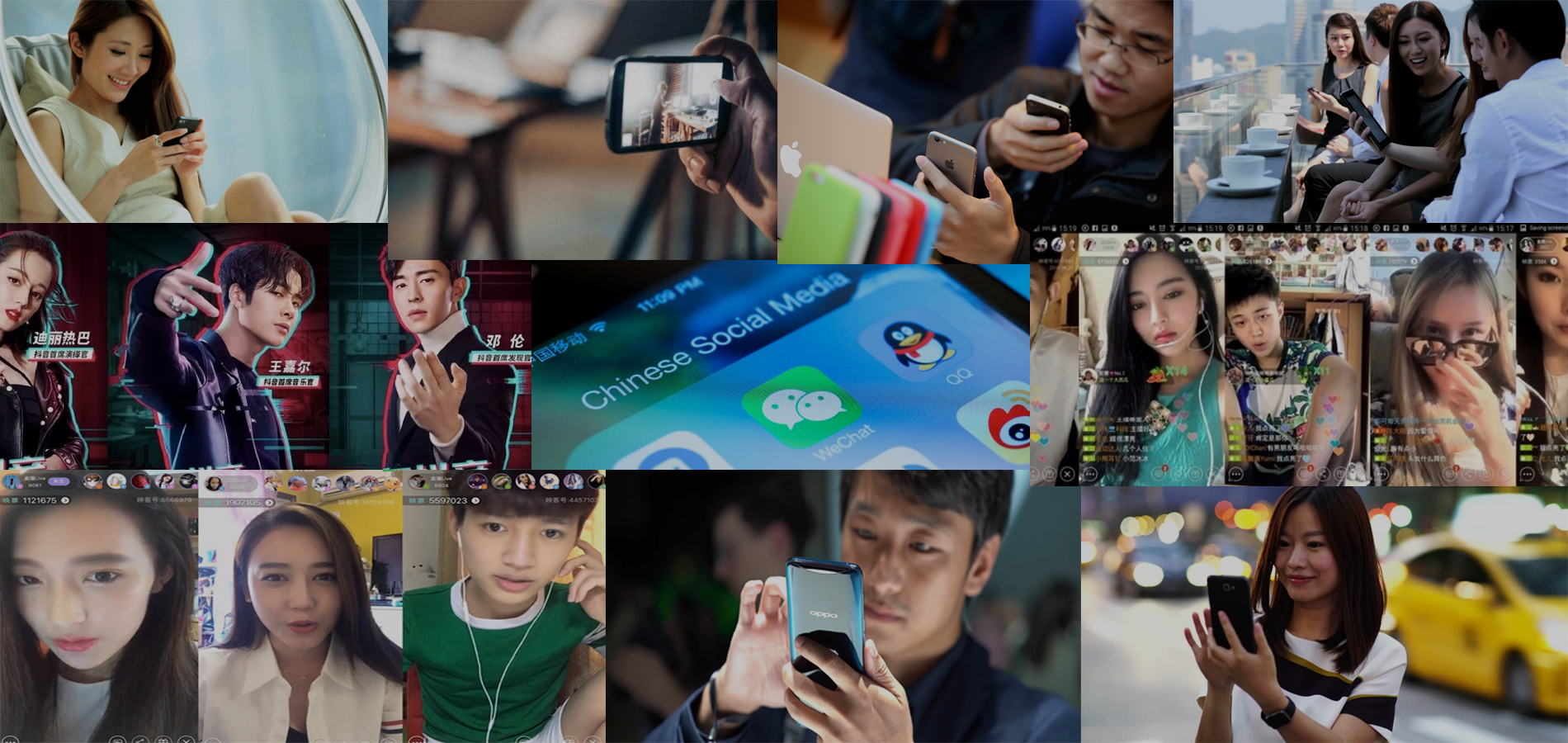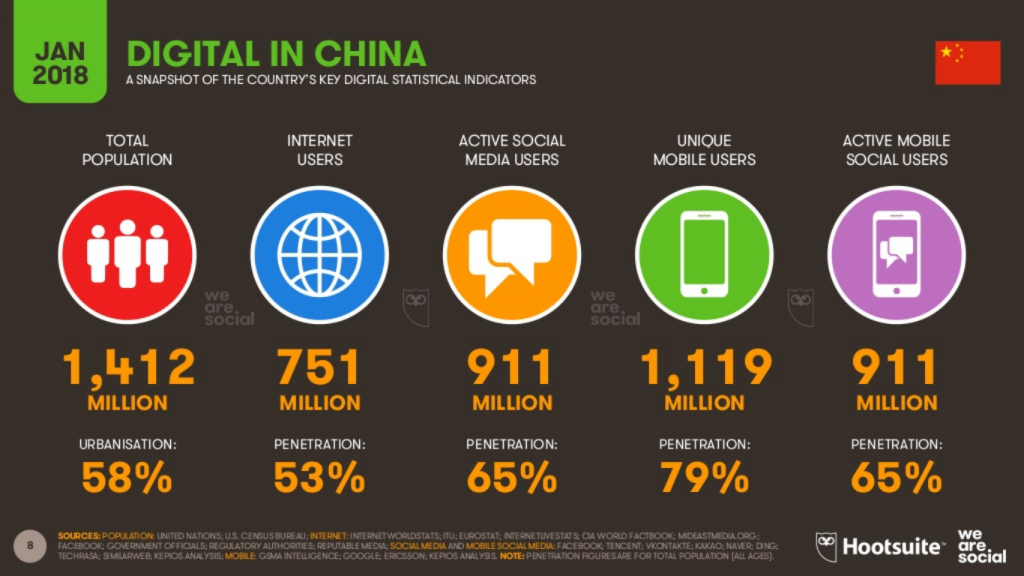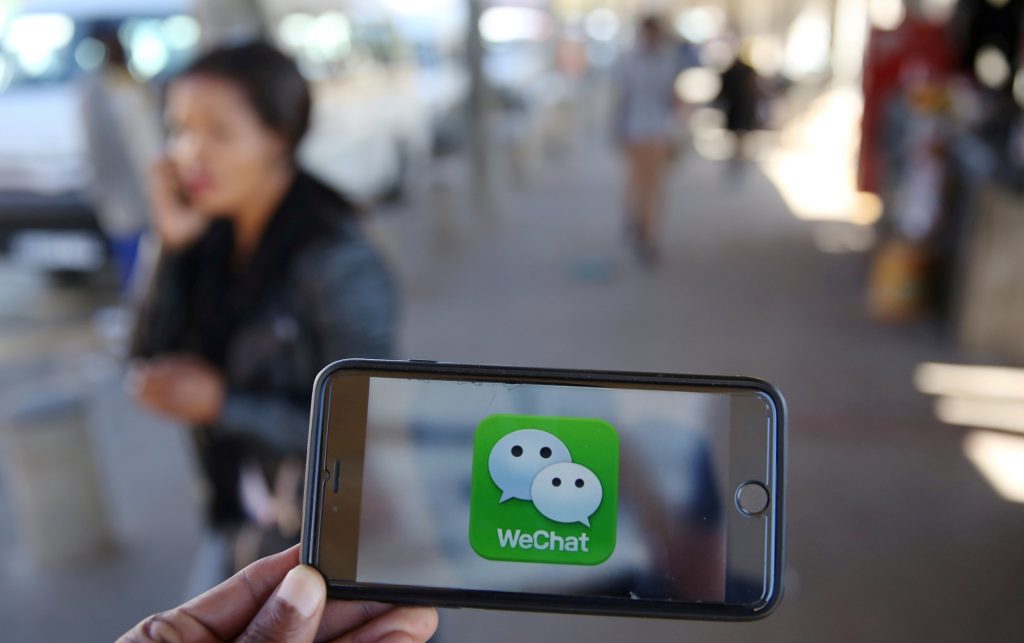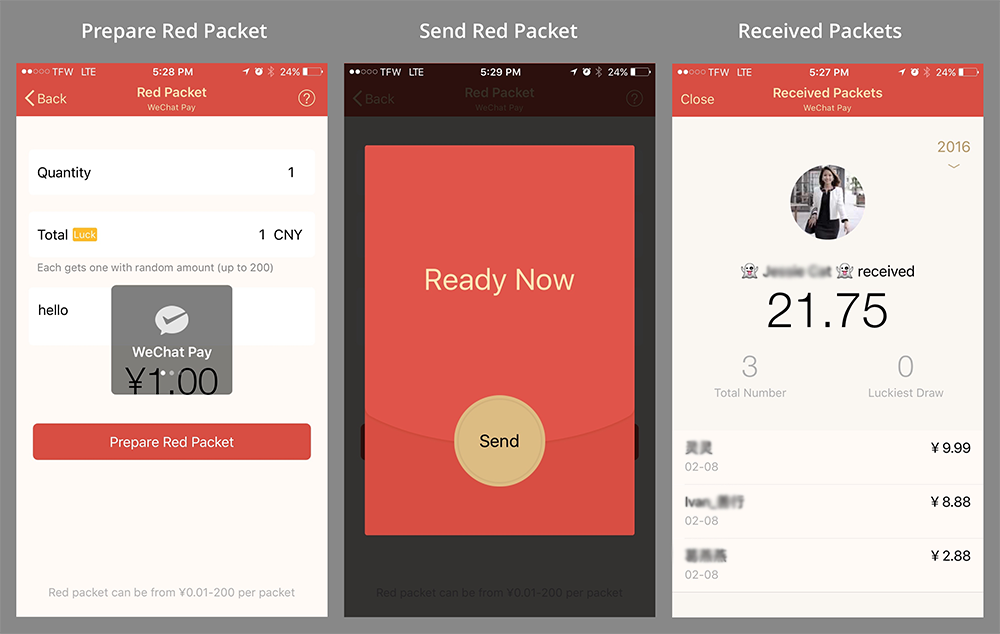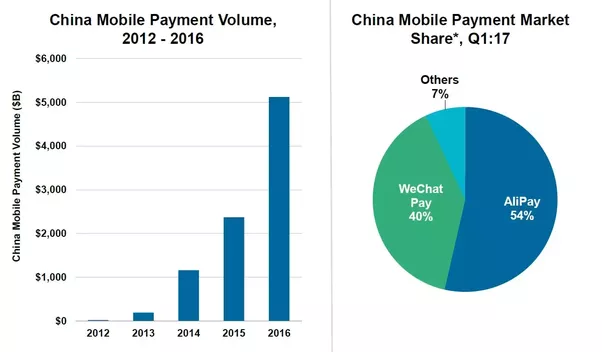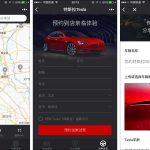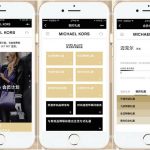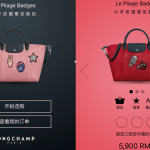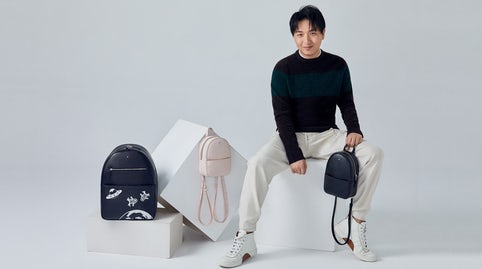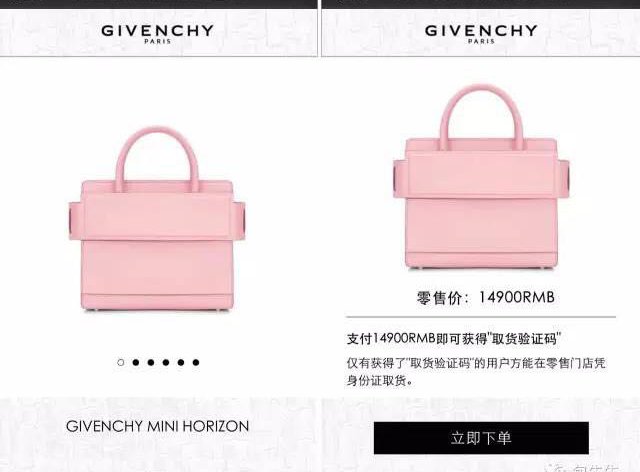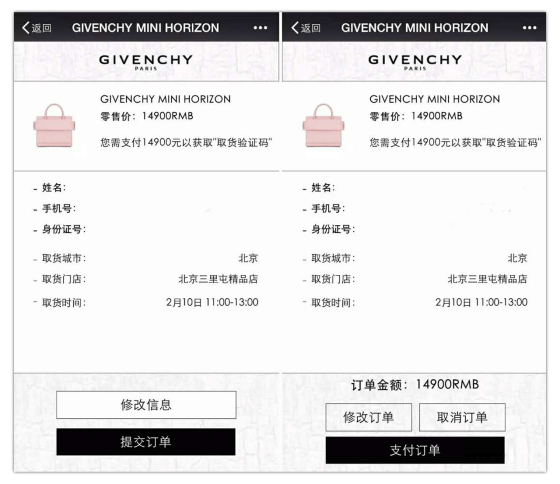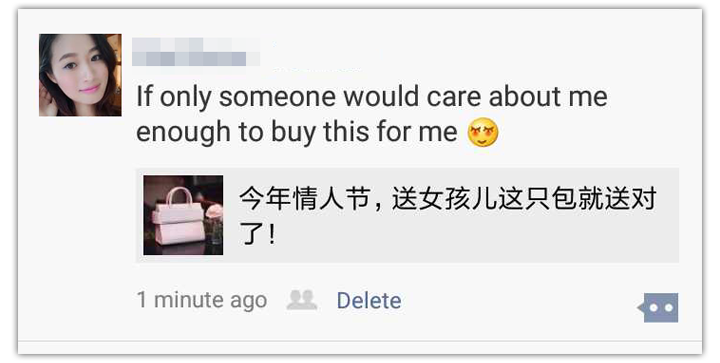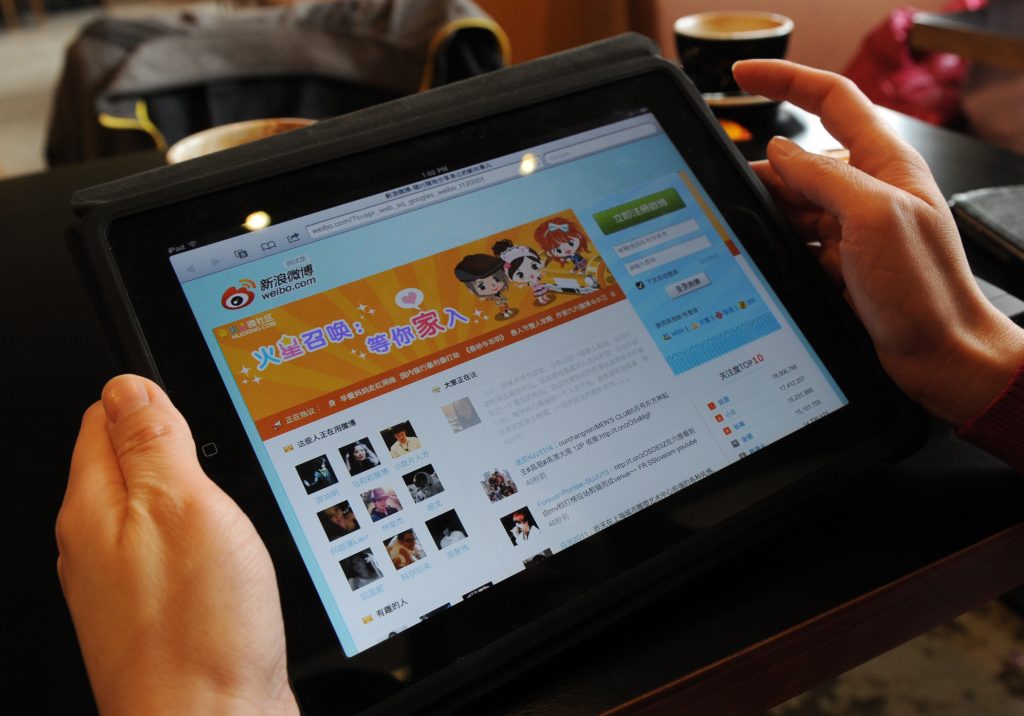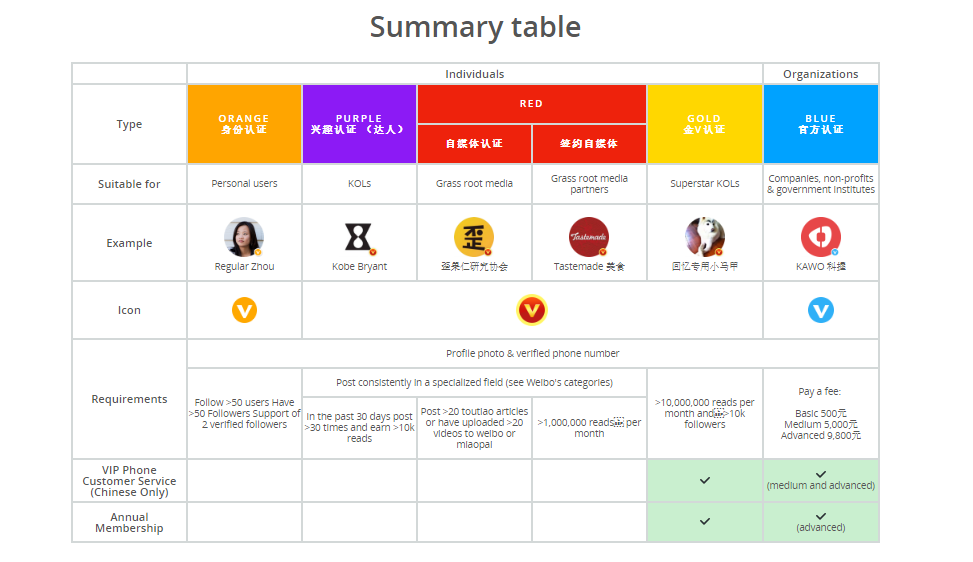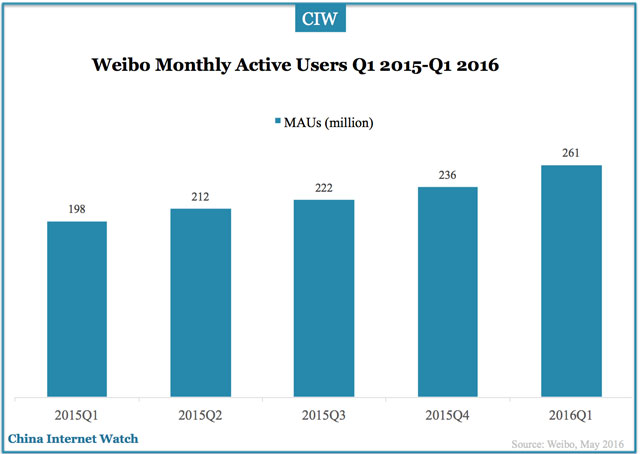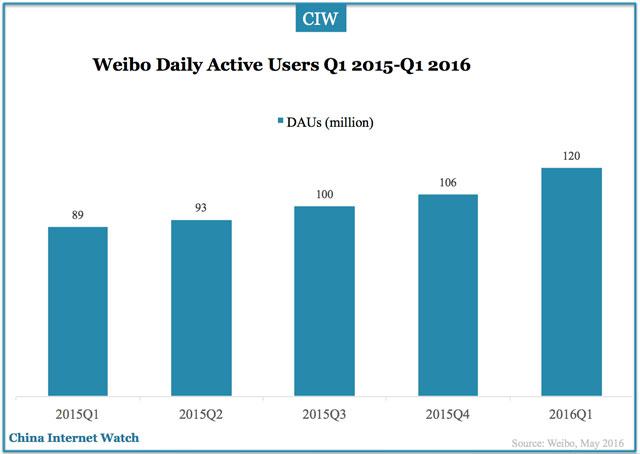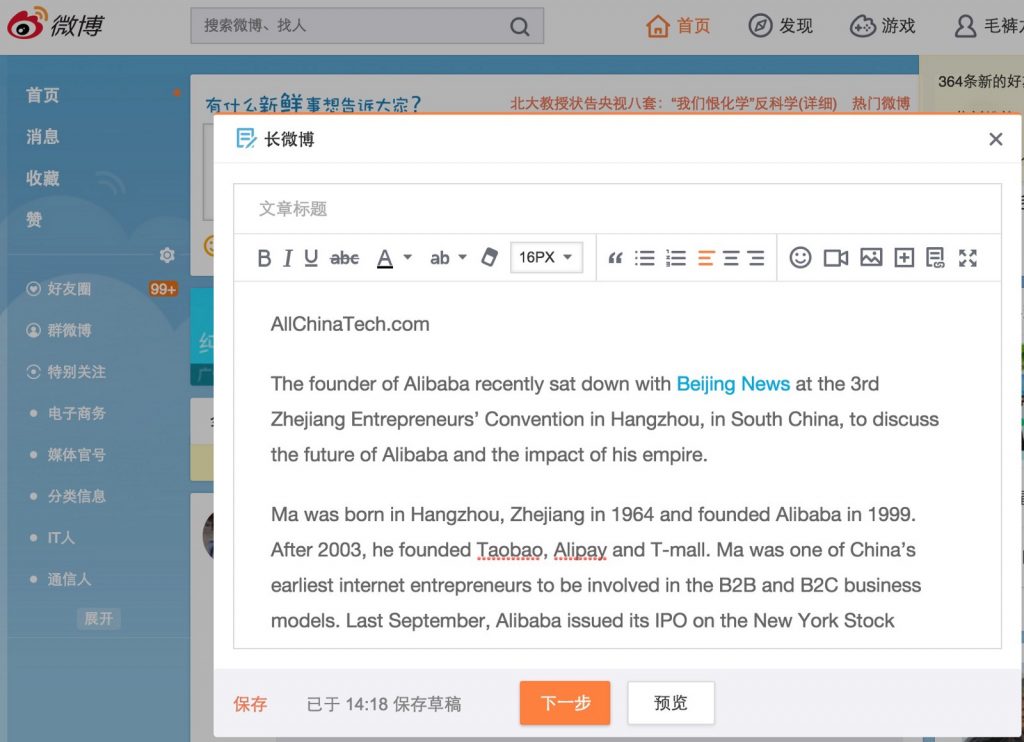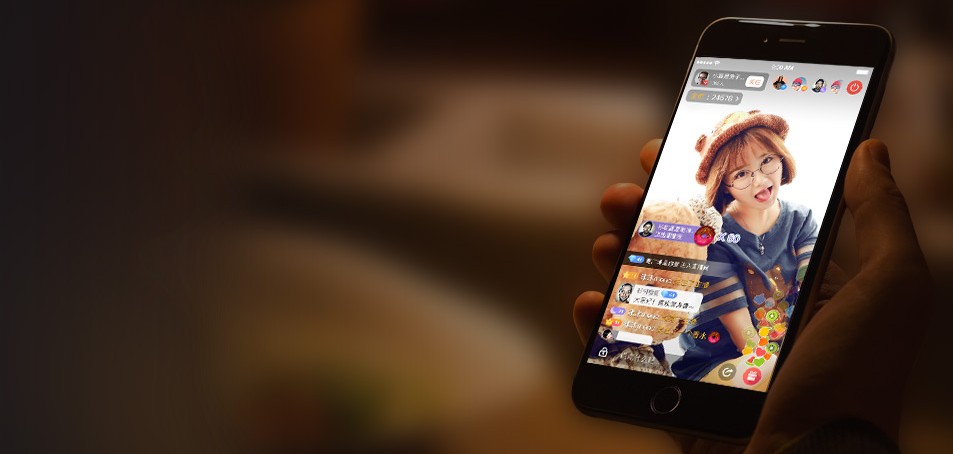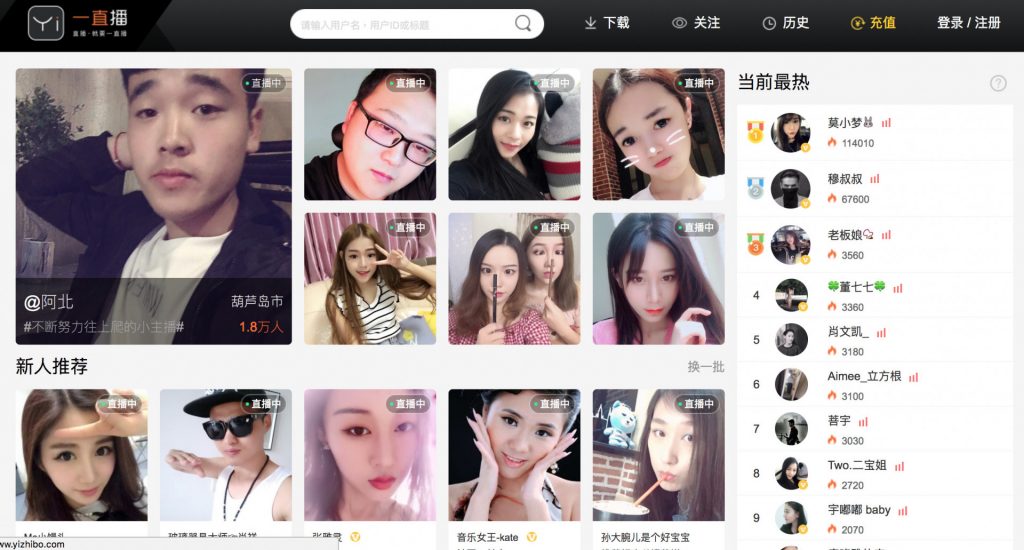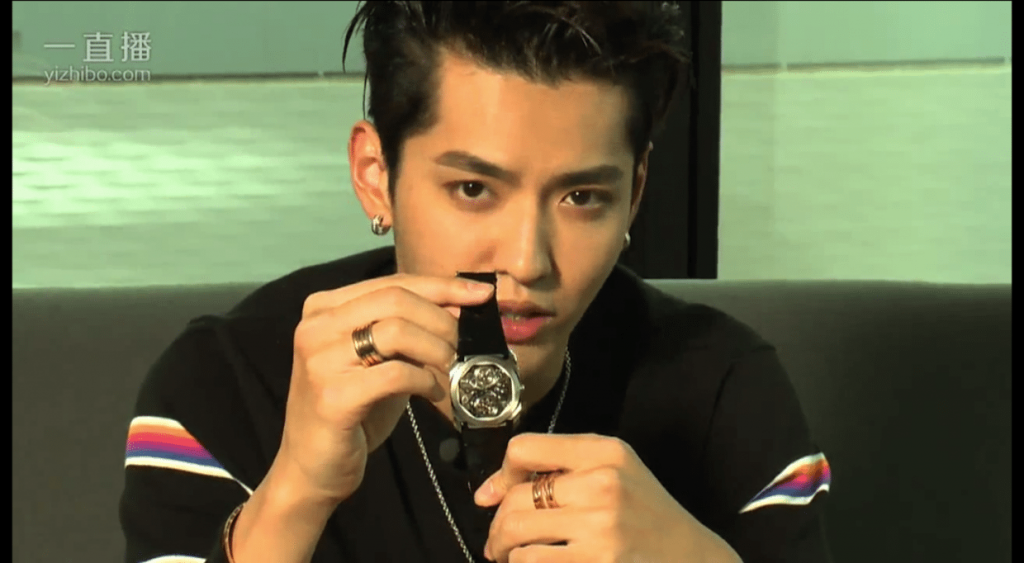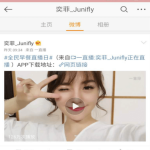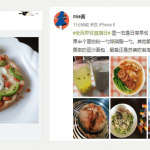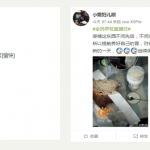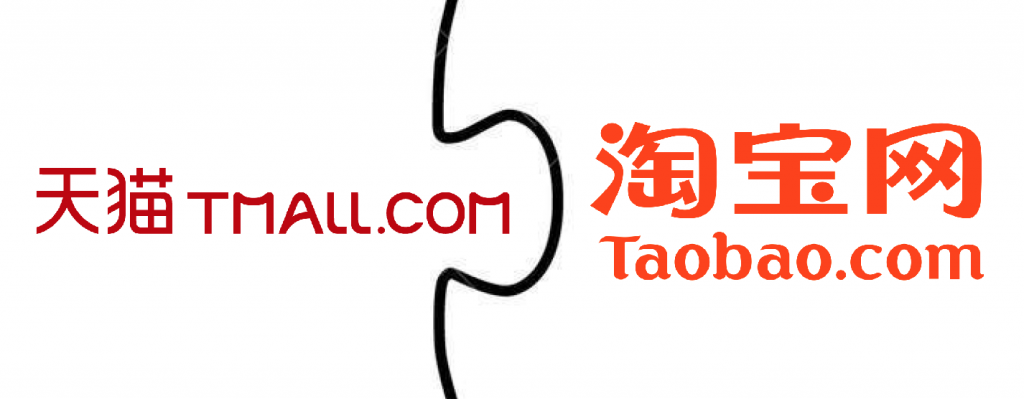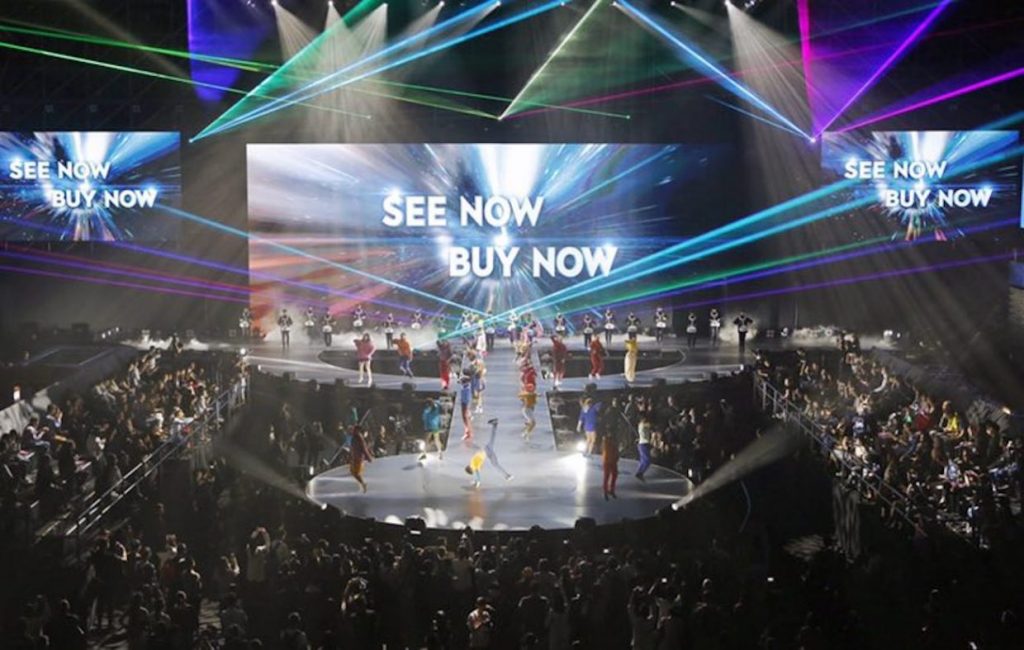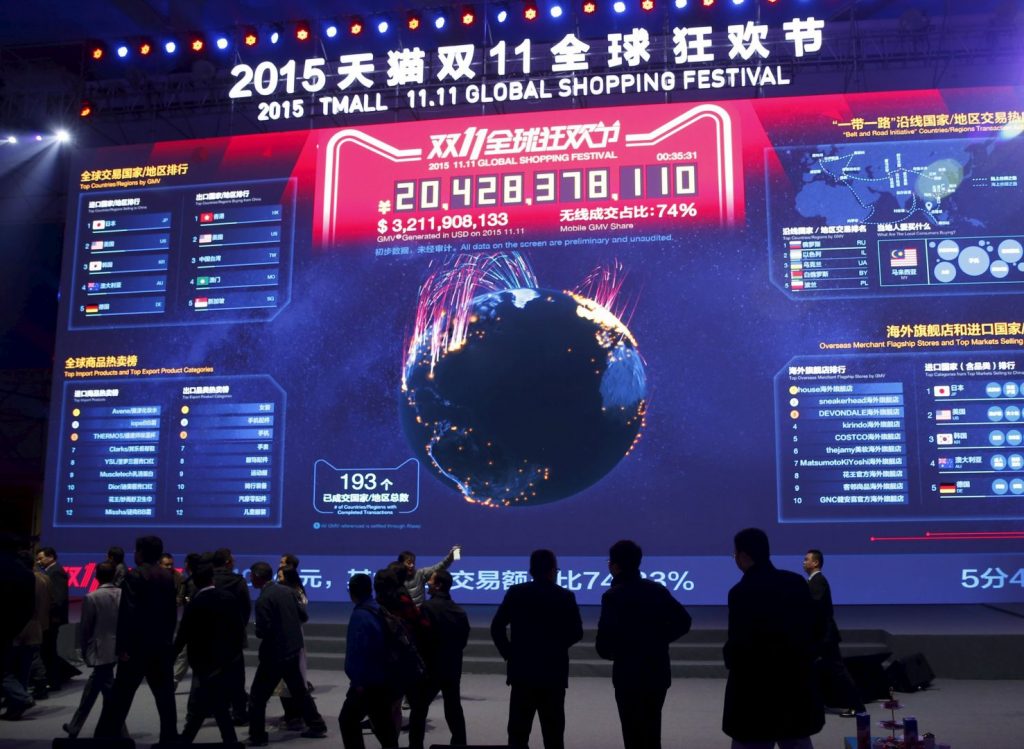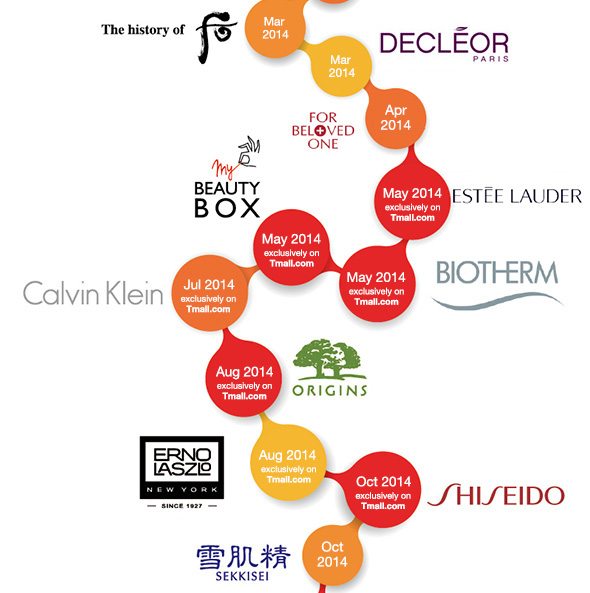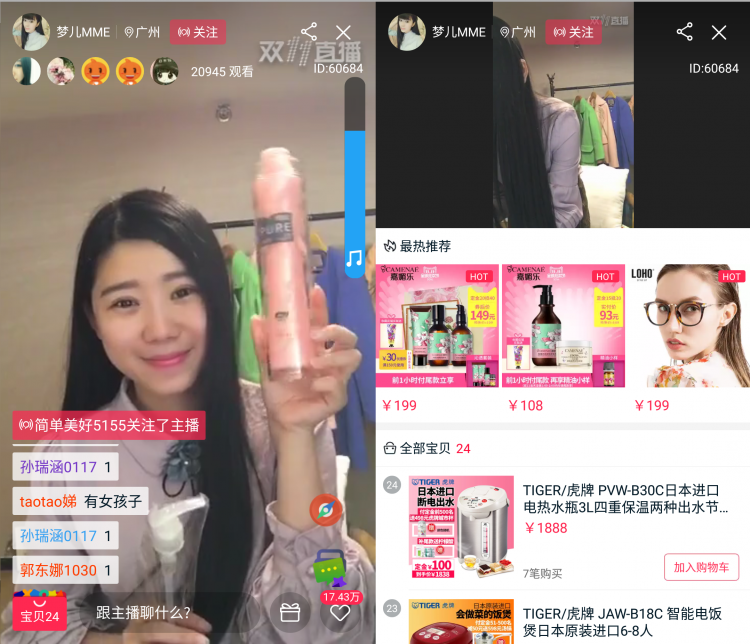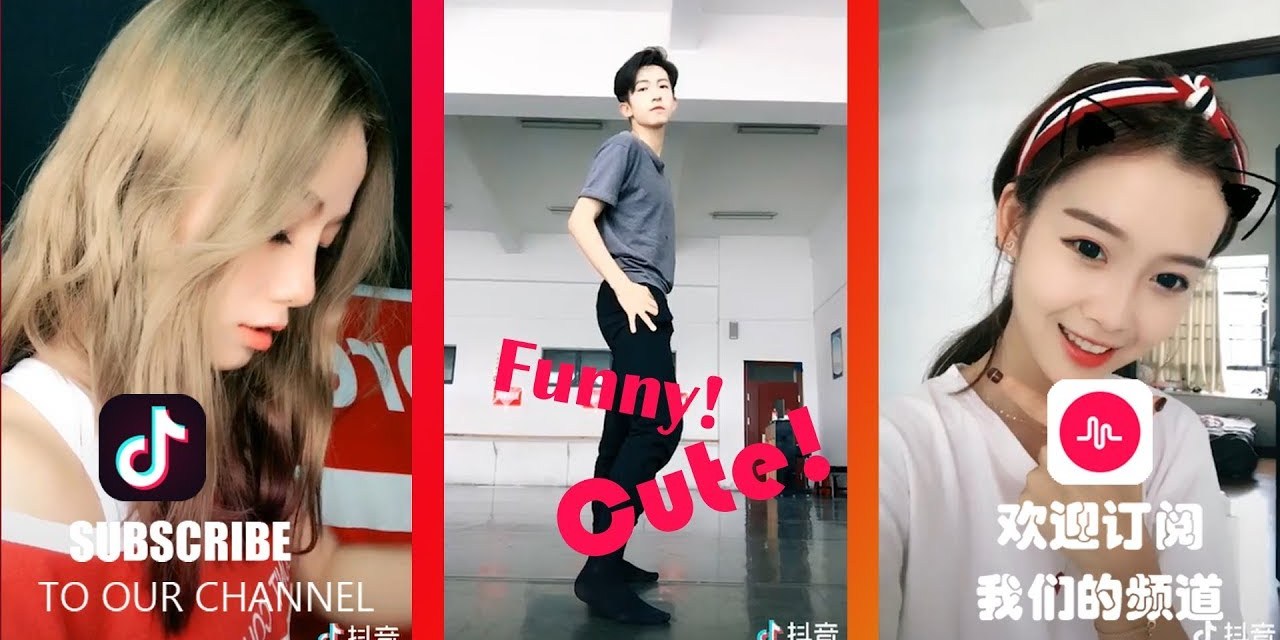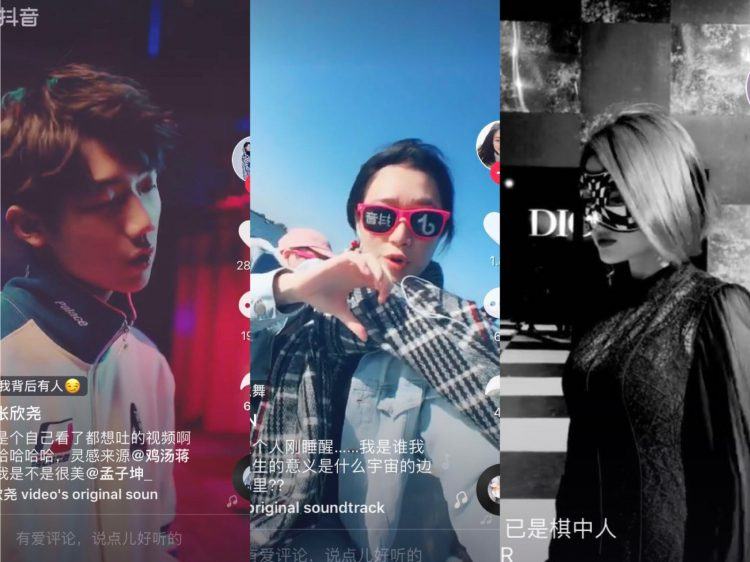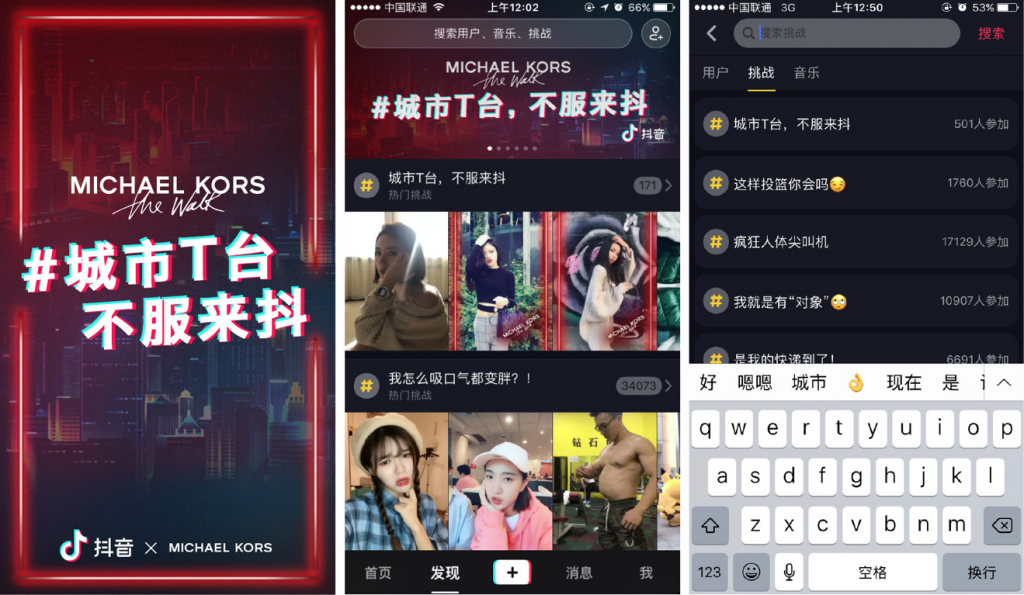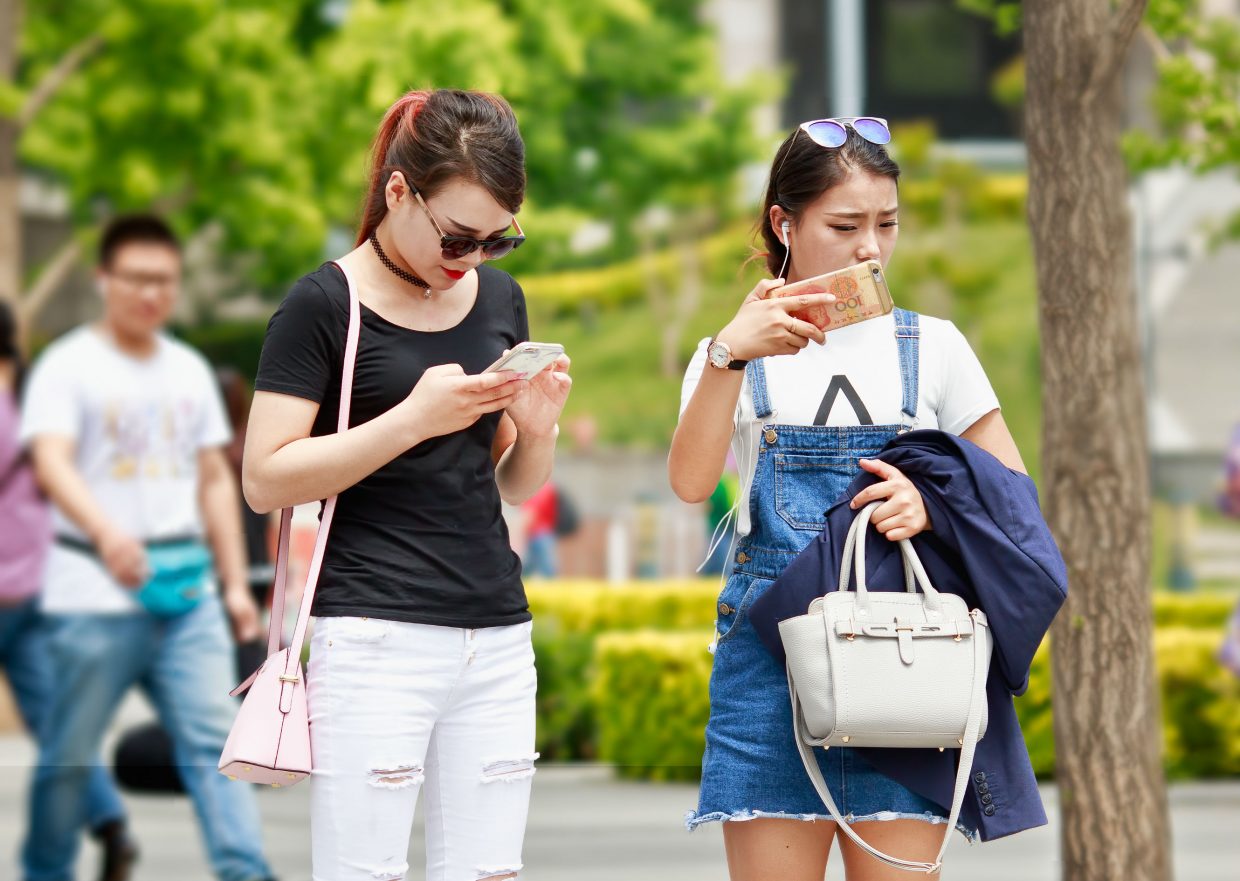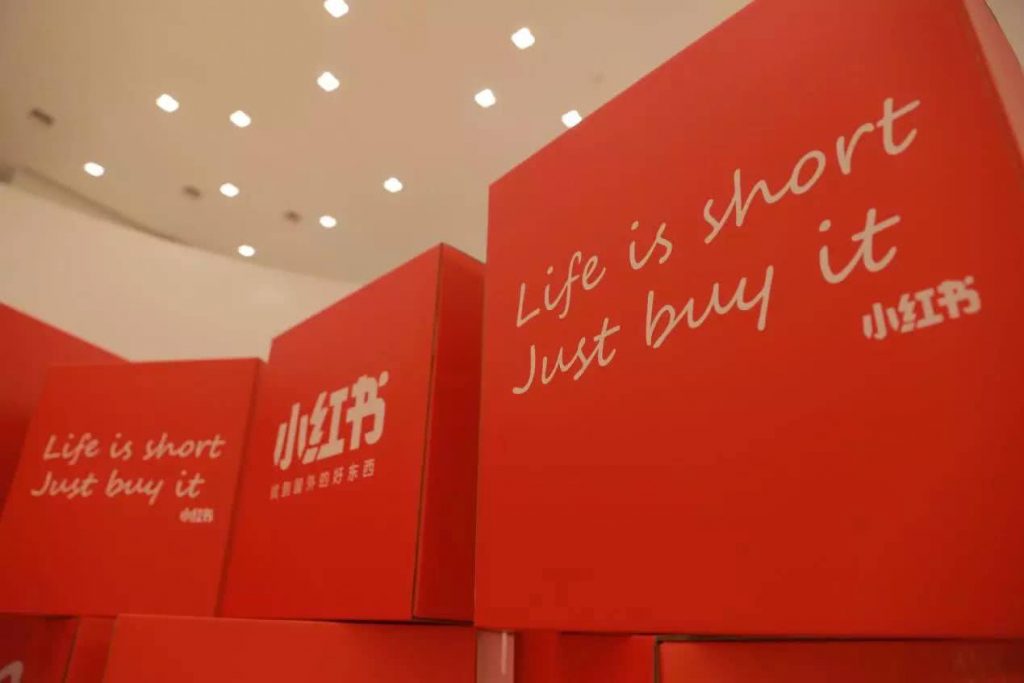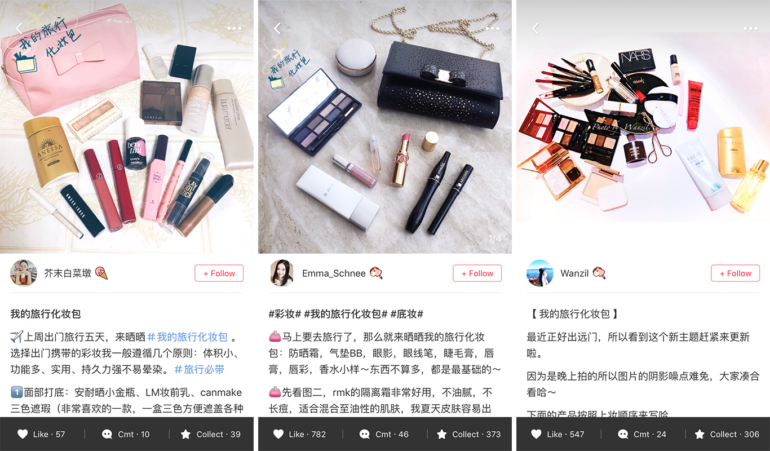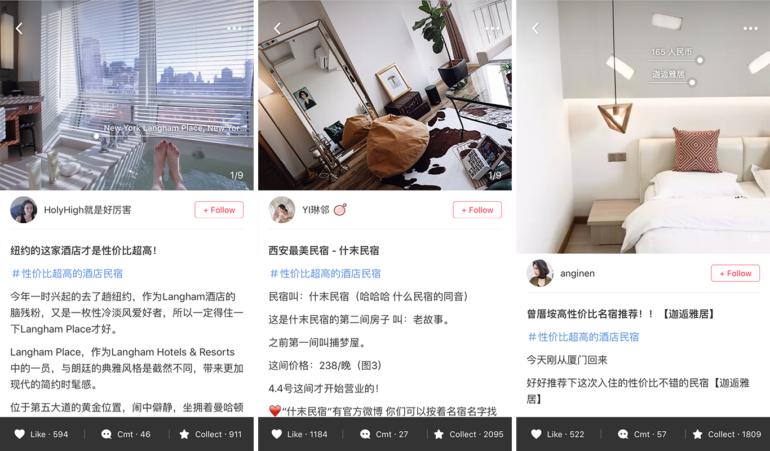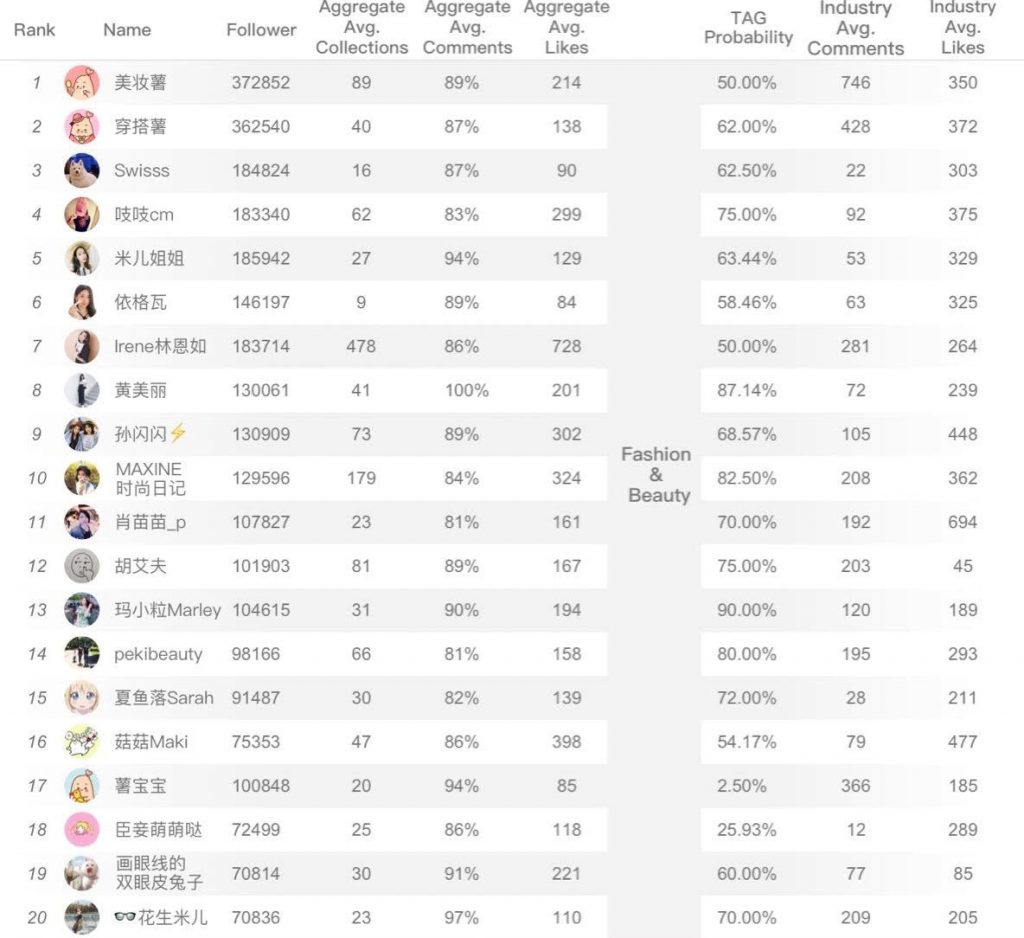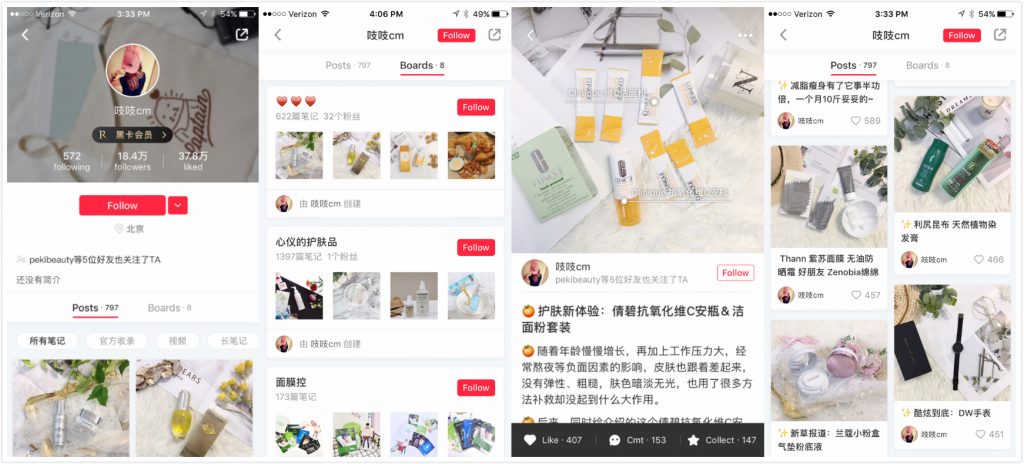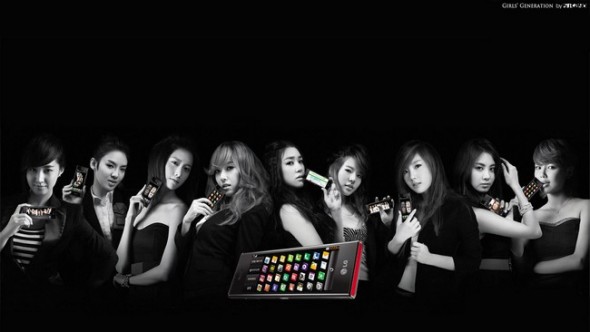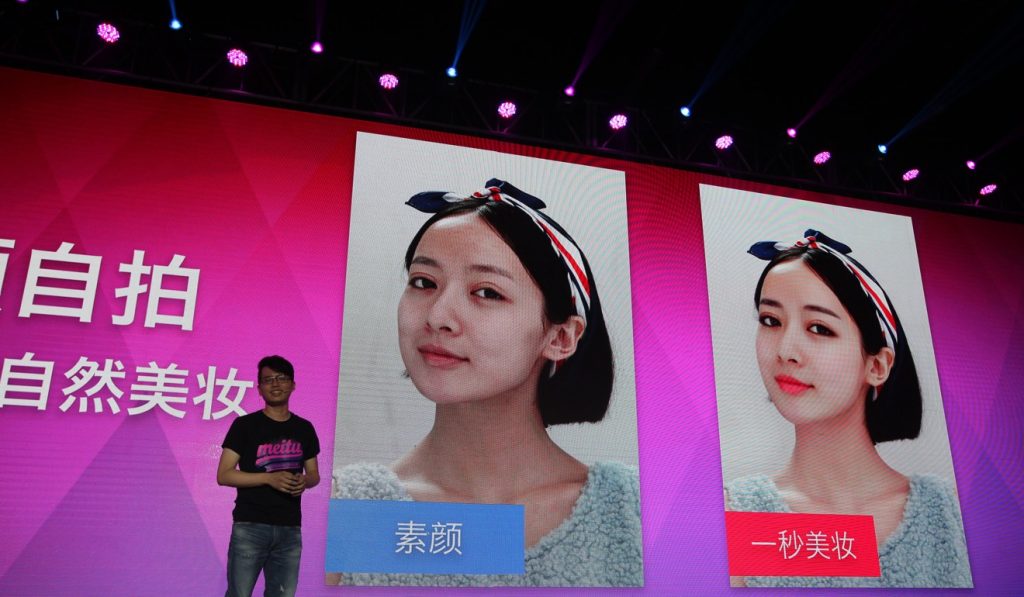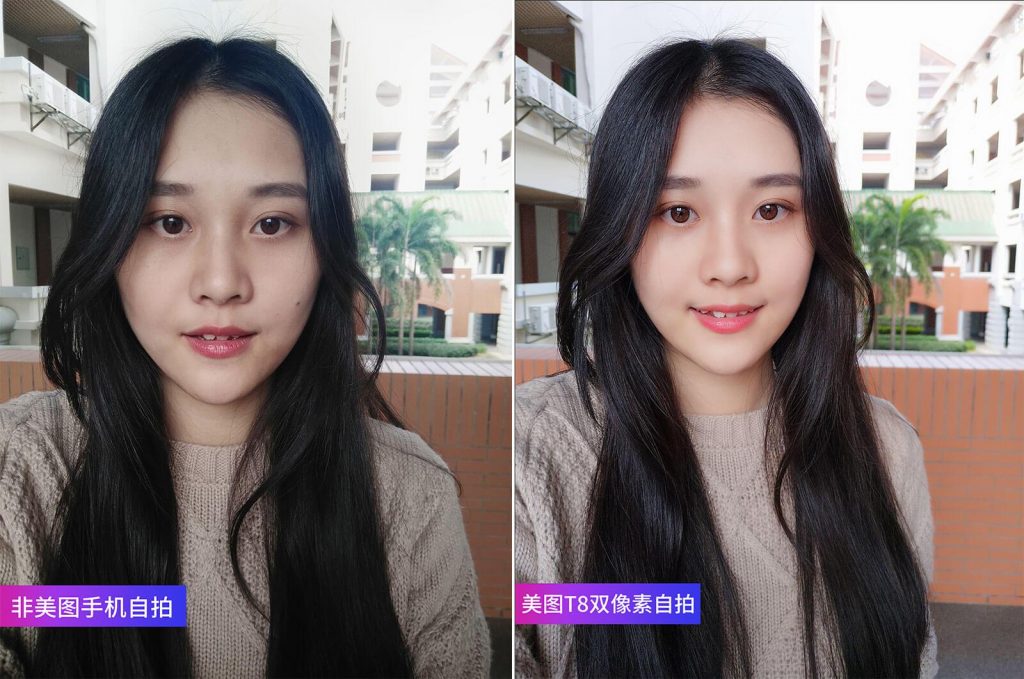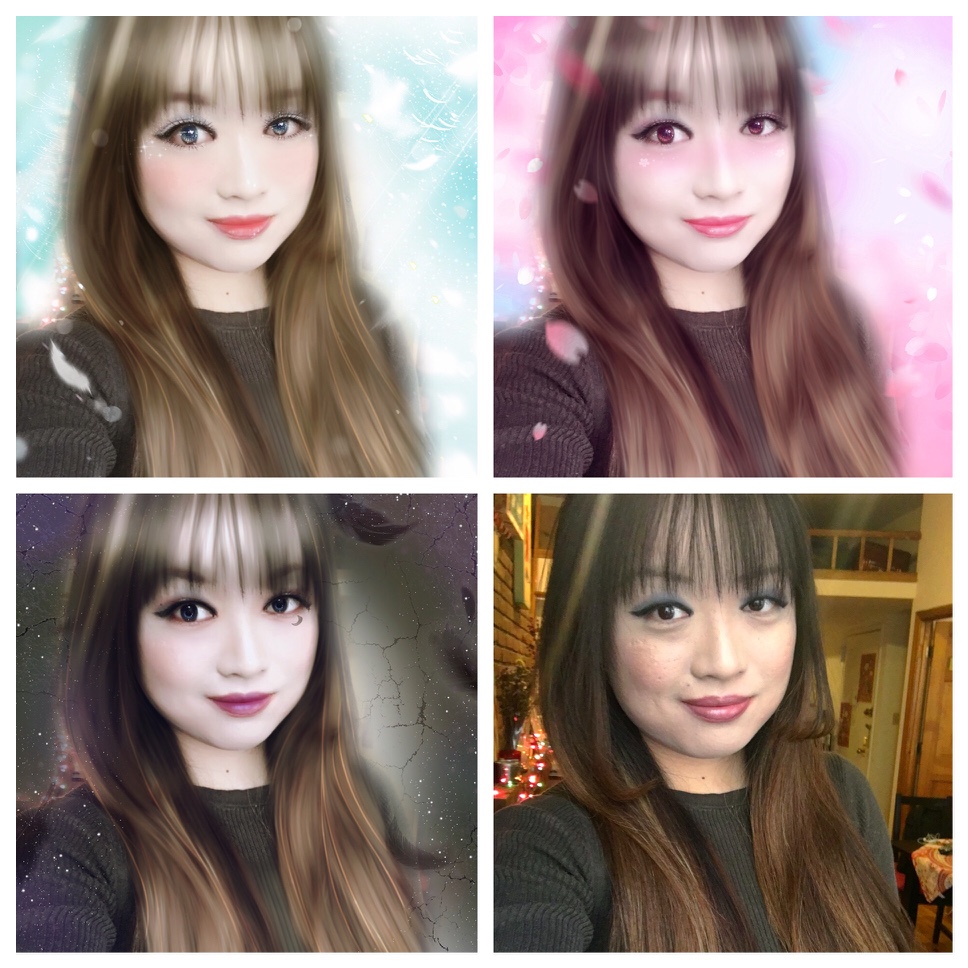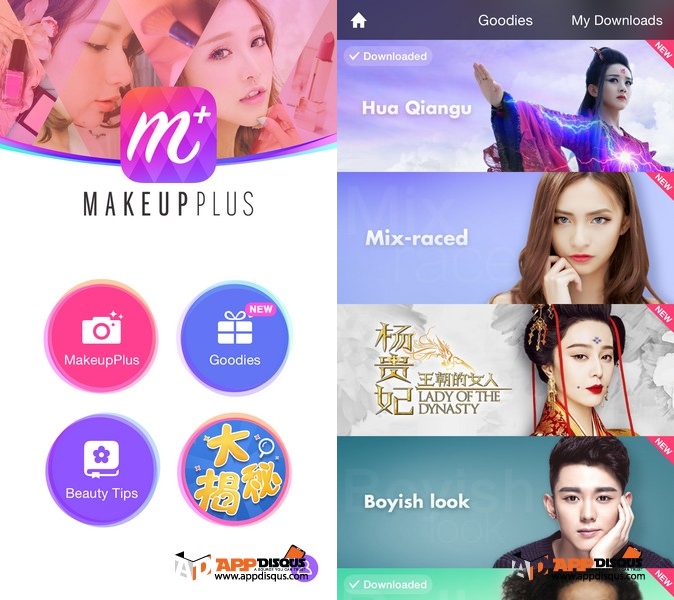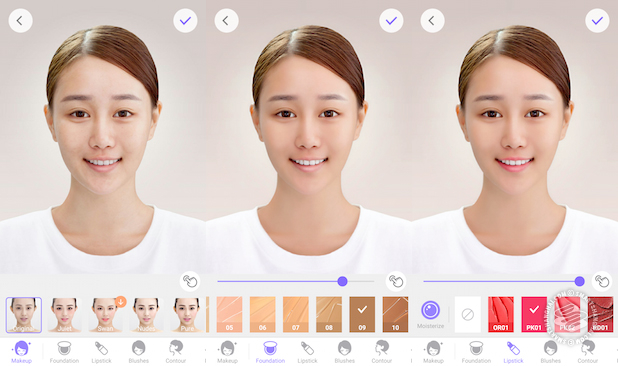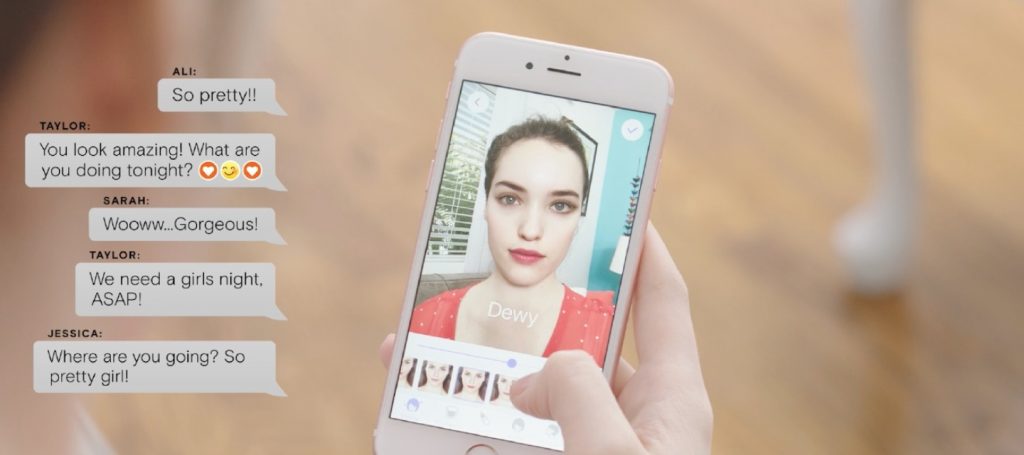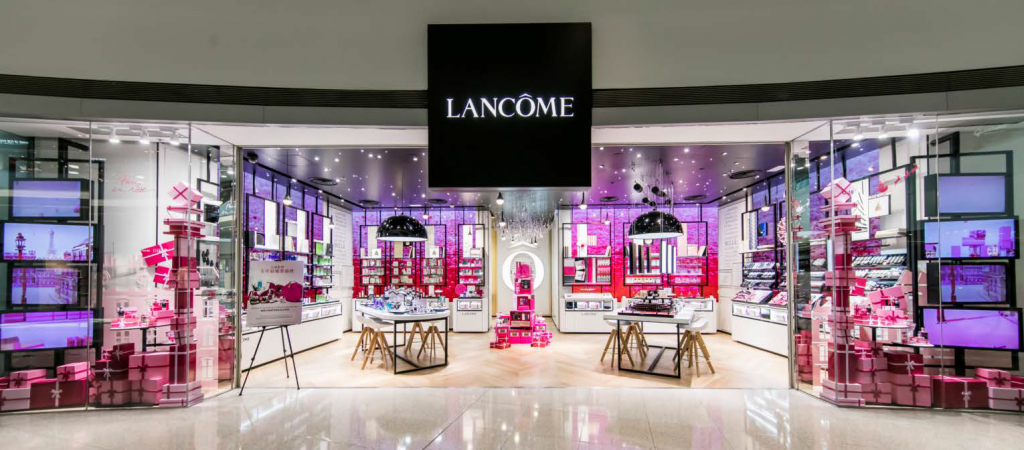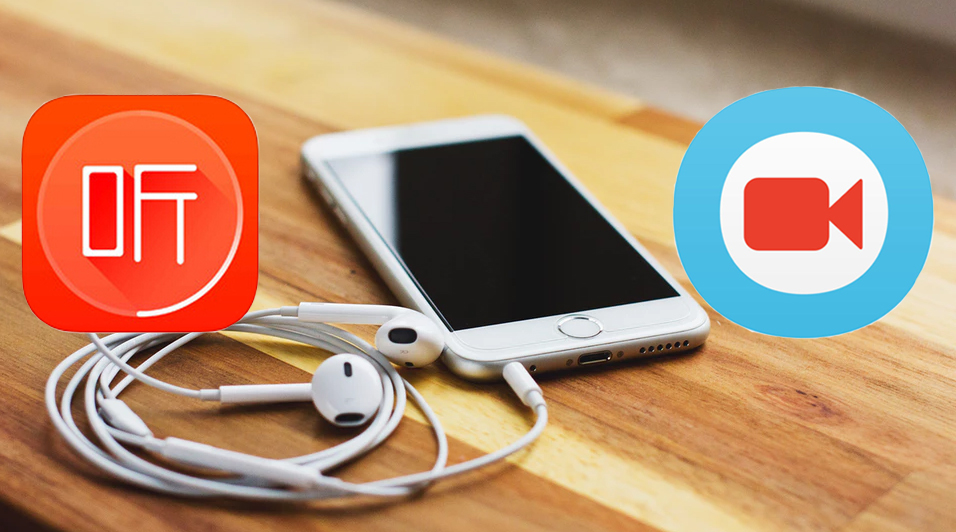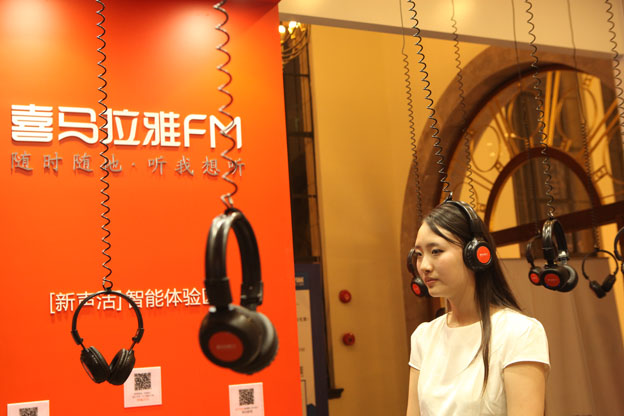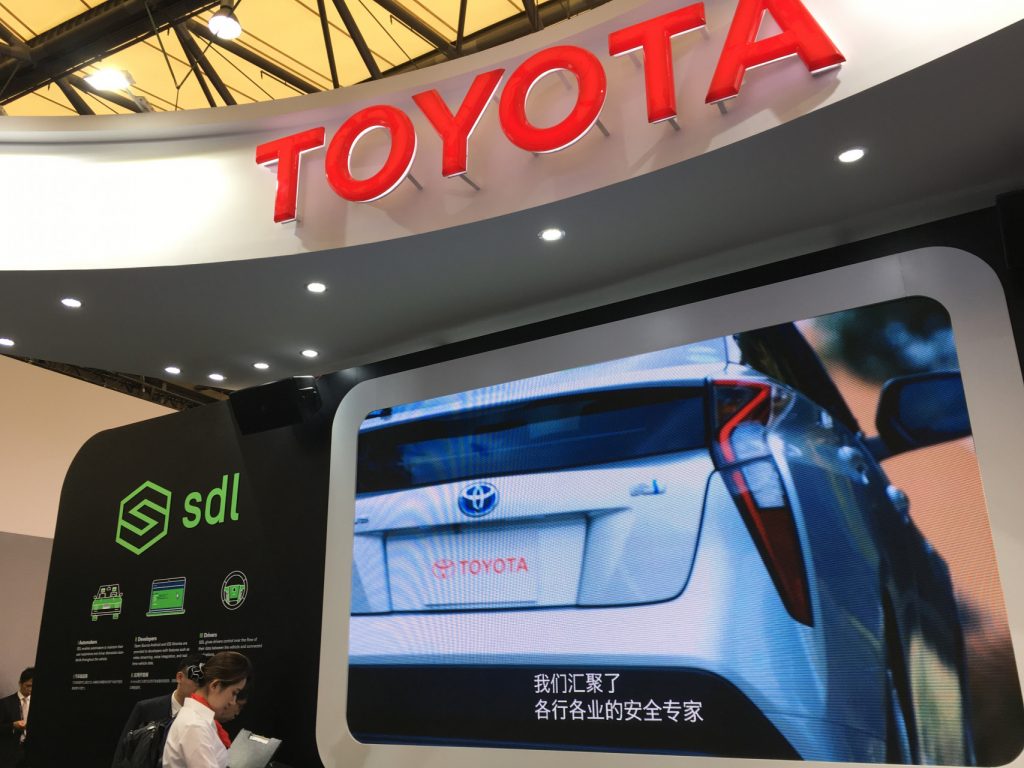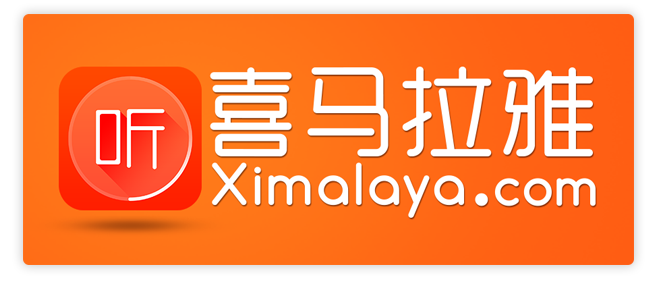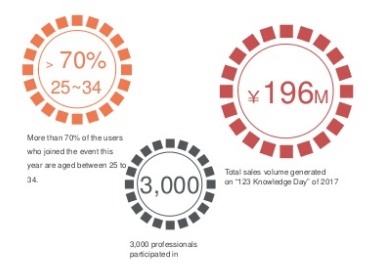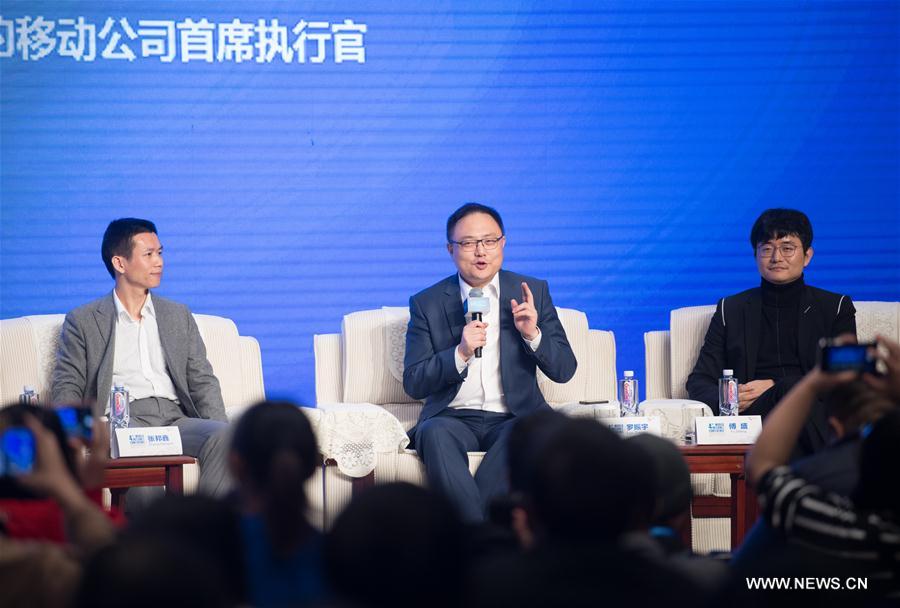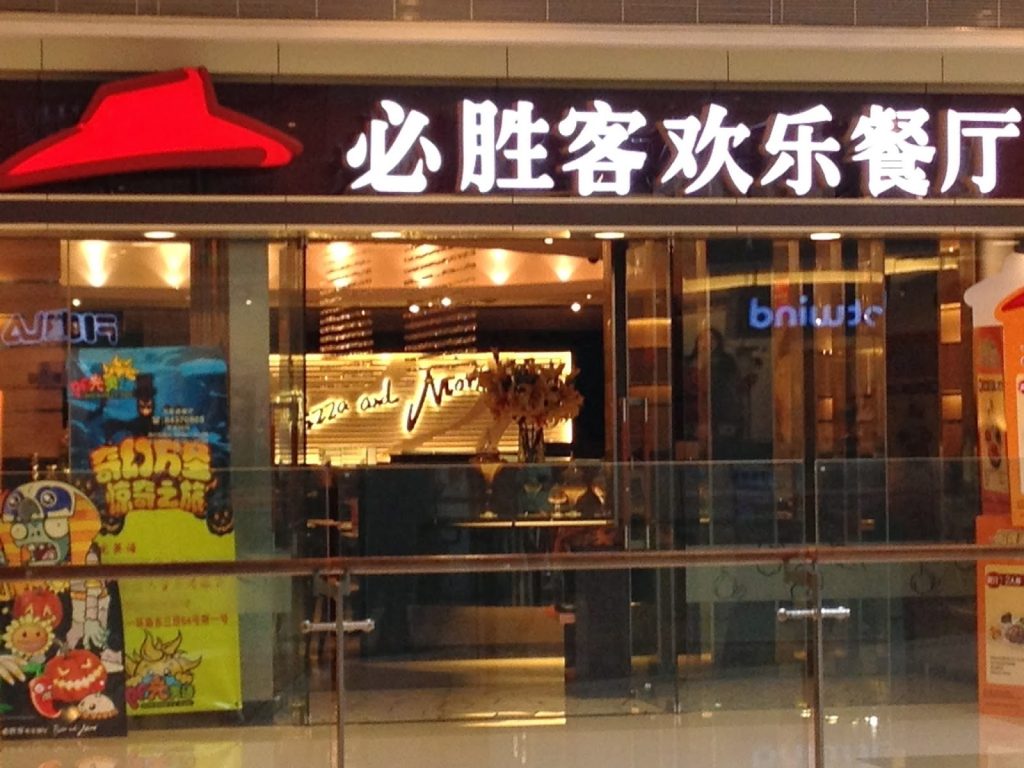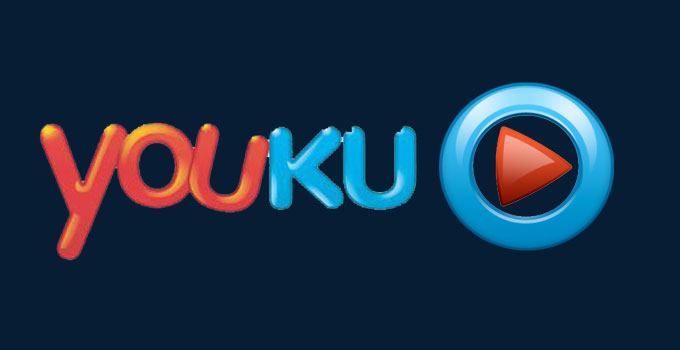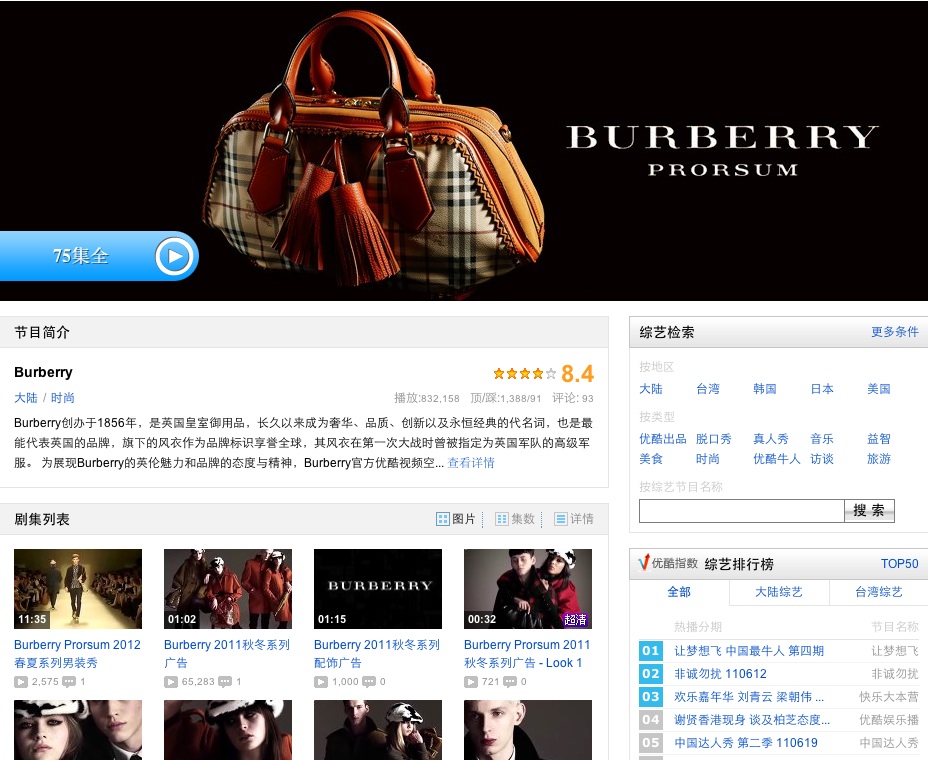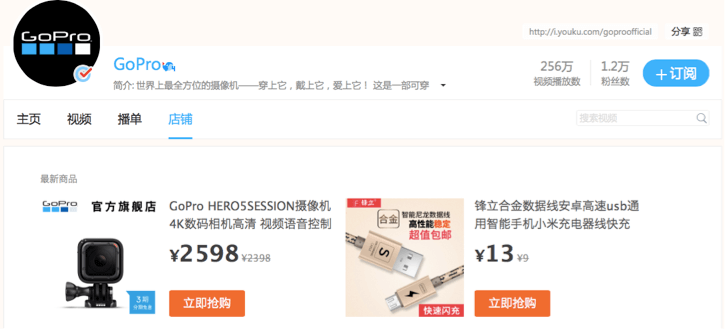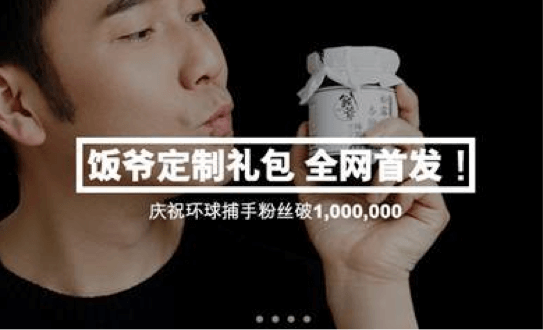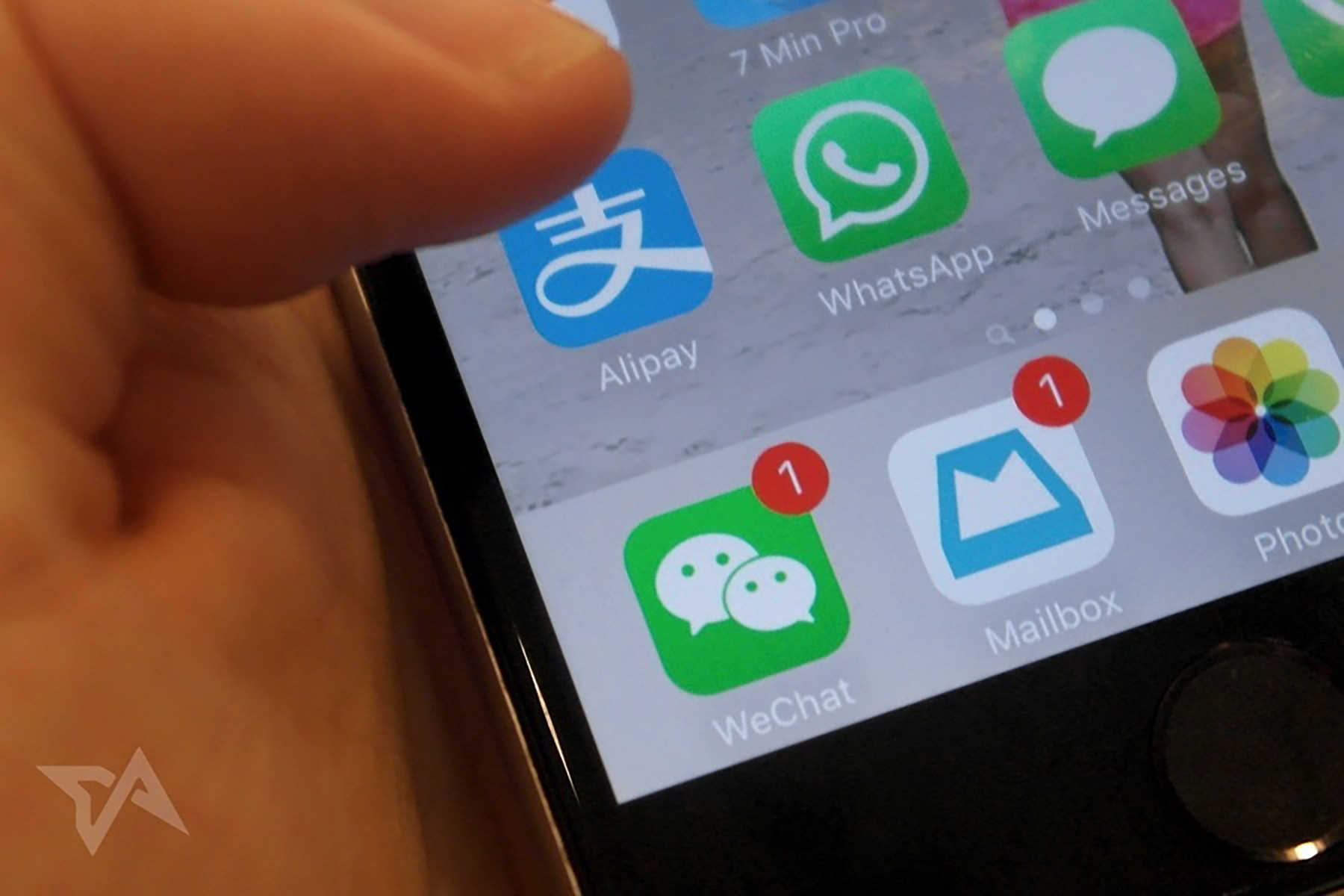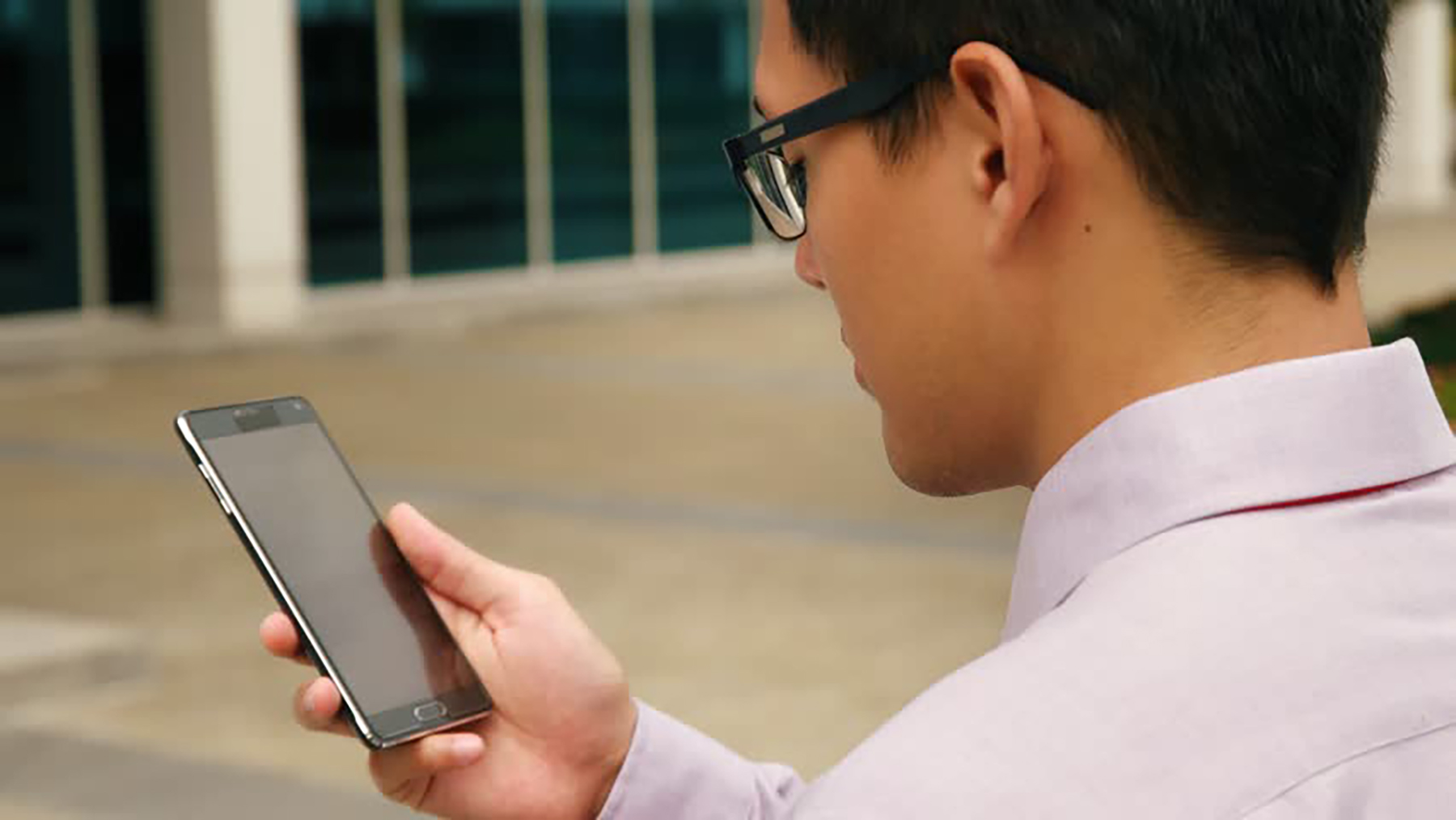Introduction
Chinese social media has grown to unprecedented heights, and the expansion and surge of popularity in its countless platforms from the 2010 to 2020, will be seen as one of the most pivotal and drastic developments for the luxury & social media industry a decade from now.
China has a whopping 911 million active social media users, compared with the U.S. figure of 207 million. The e-commerce consumer spend in China is valued at a whopping $499 billion USD. The total amount of Chinese e-commerce consumers is increasing every year (581.5 million spenders as of Jan 2018, a 12% YoY increase) and more users are using social media for reference on purchases than ever before (physical stores only makes up for 16% of first awareness, the rest being attributed to social media, press, streams, audio references, and so on). There is no doubt that China’s e-commerce market is on an upward trajectory.
With this significant upward trajectory for China’s e-commerce market, and with Chinese consumers spending an average of 6 hours every day browsing the internet, engaging with other users, and looking through hundreds of brands and products every day, there is an overwhelming need for brands to understand the most prevalent apps to connect with these users, and how they can all complement one another to create a powerful brand strategy in 2018.
This all goes into the importance of having a strong understanding of Chinese social media in 2018. But here’s the problem: there are hundreds of social media apps in China, with a huge amount having more monthly active users than the entire population of Australia. Where do you start?
We have compiled a detailed and comprehensive guide, going into a dozen of the most important apps in Chinese social media for 2018. This will provide new readers & brands with all the information to get started, and will be valuable for experts in Chinese Marketing to touch up on the latest updates about hit apps.
Starting off will be an analysis and look into the functions and statistics WeChat and Weibo, AKA the twin pillars of Chinese social media, followed by live streaming & short videos, the fastest growing trend among affluent young Chinese users. Within this guide, we will discuss Social E-commerce and how it changes the way Chinese consumers decide on the brands to buy from (Xiao Hong Shu/Little Red Book); Chinese Beauty Apps and how it shifts the dynamic for beauty brands (Meitu); and how using Audio & Video Advertising, companies can bolster brand awareness just that extra bit more (Ximalaya FM and Youku).
By the end of this, you will:
- Have a thorough understanding of all platforms that will be relevant for Chinese marketing in 2018 and,
- Discover how each platform can potentially function together to form a cohesive business strategy targeting Chinese consumers
Whether you are completely new, an experienced marketer, or somewhere in between; there is no better place to start than with this library of information.
Section One | WeChat and Weibo
WeChat and Weibo are regarded as ‘the two pillars of Chinese social media’. Halfway through 2018, they boasted a combined total of 1.6 billion monthly active users (MAU), and they have quite literally become synonymous with ‘Chinese Social Media’. Therefore, understanding what WeChat and Weibo are, and the different functions they possess, will be at the foremost of any Chinese social media strategy as they will act as the main central of any company’s social media presence in China.
1. Overview
WeChat is most commonly defined as a Chinese multi-purpose app, which is true. However, to mistake it for just that doesn’t do it justice in 2018. Underneath it’s surface, WeChat is one of the biggest social platforms in the global market today, boasting unparalleled utility that allows it to function as not so much an instant messenger, but a digital hub providing the equivalent of a dozen apps in one.
- E-commerce functionality
- Creation of Official Accounts that function as business pages
- Services like food delivery, taxi services, booking doctor appointments, or even applying for visas
- Mini programs and games
- Meeting and connecting with strangers through just a shake
- Revolutionary day-to-day mobile payment system in WeChat Pay
2. Statistics
WeChat sits at 1.08 billion MAU, and that figure will only grow with it’s plans to overtake mobile apps and competitors, by provide mobile users with everything they need inside WeChat. There are 902 million daily active users, and with nearly 90% of users being in China, WeChat falls into a unique position for brands; with a user base that is both massive, and yet targetable all within a single country.
- WeChat had 1.08 billion MAU, and 902 million daily users.
- 100 million international users as of August 2017, meaning 90% of users are domestic
- The ratio of male to female users is 1.8:1.
- 90% of WeChat users are between 18-36 years old.
- A whopping 98.5% of senior citizens in China (50-80 y.o) are WeChat users
- 8 out of 10 smartphone owners in China use WeChat. This increases to 9 out of 10 across tier 1 cities like Beijing, Guangdong, Shanghai and Shenzhen.
- WeChat accounts for 34.0% of mobile app traffic in China, whereas Facebook accounts for 14% in the US
- 40% of WeChat users spend anywhere from 1 to 4 hours on the app daily.
3. Analysis
WeChat Pay
WeChat Pay is Tencent’s version of Alibaba’s Alipay, a payment system that had all but monopolised the mobile payment market in China for a decade. This changed in 2014 when WeChat took Alipay and turned it into their own; a way to let users send digital red envelopes to others.
With this modern twist on a Chinese tradition, along with a flourishing user base, Tencent were able to super charge the adoption of WeChat Pay.
Four years later, it now rivals Alipay with a 40% China mobile market share compared to Alipay’s 54% during Q1 2017. WeChat Pay has become one of the defining aspects of WeChat; allowing for seamless transference of money, great opportunities for brands in terms of e-commerce, and integration into physical stores through QR codes. This makes WeChat Pay in itself, one of the more important tools for any brand in China, as it is something virtually all consumers will be using, and with proper implementation, WeChat Pay can increase convenience and repeat sales.
Official Accounts
WeChat Official Accounts are another integral part of WeChat. OA can be likened to Facebook or Twitter pages, allowing brands to have their own ‘hub’ in which they can publish articles, talk with followers, and more. While OAs can look bland and similar, the interfaces can actually be customised heavily, becoming more alike to a website or app.
Furthermore, all WeChat OA (currently 20 million registered WeChat OA) are equipped with at least one basic bot from the get-go to improve and streamline communications between company and customer. This is exceptional compared to Facebook, where in 2016, only 11,000 business pages had a chat bot, and a lackluster one at that.
There are two main types of Official Accounts; Subscription Accounts and Service Accounts.
- Subscription accounts are usually used as a daily news feed, where companies can push 1 new update a day to their followers. While this is often a single article, it can also be multiple articles bundled together into a larger news update.
- Service accounts lack the daily update allowance and are limited to just 4 updates per month. However, this comes with several other advantages. Service accounts have access to a wider range of features than Subscription accounts, such as taking payments, ‘shake’ or using WeChat coupons.
- Example of a WeChat Subscription Account
- Example of a WeChat Service Account
Official Accounts will be the most important part of WeChat that brands will need to know about. It is the sole reason to why WeChat will act as a central hub for a company’s social presence in China. Throughout this guide, there will be many aspects of the Chinese social media landscape discussed; from working with KOLs, to live streaming to social E-commerce and more. However, among all that, WeChat will still remain the center point. This is because, all followers and conversions gained through any other Chinese app, will eventually lead back into WeChat as it is the main app of China. Thus, the WeChat Official Account typically becomes the main source of information for users to rely on and check in with.
Mini Programs
Mini programs are apps embedded within WeChat that are accessible without any installation or download. These apps can be used for a wide range of purposes, from e-commerce, task management, quality of life and more. They have become one of the biggest disruptors in China’s social media and e-commerce sector in 2017, and have been used to great success by luxury brands like Gucci, Michael Kors and Fendi.
- Tesla has a mini program enabling users to locate charging stations, schedule a test-drive and share their experiences about driving a Tesla car.
- Michael Kors launched a mini program focusing on improving the consumer’s offline journey with online care by allowing the consumer to check shopping details in real time, review the experience and get after-sale service benefits.
- French Luxury brand Longchamp has an online customisation boutique mini program that allows users to create unique Longchamp bags with their choice of colors, badges and imprints.
- Tesla Mini Program
- Michael Kors Mini Program
- Longchamp Mini Program
Mini Games
In January 2017, Tencent rolled out mini games, a feature almost identical to mini programs. Within months, millions of users were hooked. This has provided an avenue for developers and brands to share games on WeChat in order to generate publicity and traffic.
As of 2018, according to research firm QuestMobile, one of WeChat’s most popular mini games Tiao Yi Tiao has accumulated 390 million Chinese players, which is staggering considering China has a total gaming population of 583 million and the entire US population is just 325 million.
For a better comparison, the ‘Pokemon GO’ craze that took the entire world by storm in 2016, had 27 million users during it’s peak. WeChat’s Tiao Yi Tiao mini game has gone well over 10x that figure, and all within a single country. Furthermore, it is only one of the dozens of mini games that WeChat has released so far. Therefore, mini games will become an effective addition to any WeChat business strategy looking to appeal to a younger, and tech savvy demographic in China.
Givenchy’s partnership with KOL
Givenchy is a French luxury fashion house was able to combine KOL influence and luxury consumer behavior to sell 1.2 million RMB worth of products in just 12 minutes. In February 2017, Givenchy used WeChat to promote an exclusive limited edition handbag through the help of Mr. Bags (Tao Liang), a Chinese KOL with a WeChat following of 1.2 million at the time of the campaign.
Mr Bags has a highly relevant and fashion-oriented community, and has built his following since 2011. As such, the partnership was ideal for Givenchy to promote their new handbag.
On the 10th of February of 2017, a post was published on Mr Bags’ WeChat account. The post referenced the partnership with Givenchy, and advertised 80 exclusive limited edition Mini Horizon pink handbags. Within just 12 minutes, all 80 handbags were sold, for 15,000 RMB each (about $2000-3000 USD) and in total, netted about 1.2 million RMB, which was approximately 200,000 USD.
The campaign was a success because Givenchy was able to leverage the prestige and exclusivity that the limited edition bags would present. The key factor to the bags’ prestige and exclusivity lay in the limited quantity of bags that Givenchy were offering and the time frame it was being offered in (only 2 hours before the campaign would conclude), giving a sense of urgency along with bragging rights to anybody lucky enough to purchase one in time. This was fundamental to positioning the bags in the eyes of consumers, as an ideal investment that should be purchased asap.
Along with the commendable integration of prestige positioning and KOL influence, Givenchy’s 80-handbag WeChat campaign also integrates purchasing behavior with timing and seasonality. The campaign was initially posted on WeChat on the 10th of February, just a few days before Valentines Day. Chinese consumers are known for being more inclined to purchase gifts for others during special occasions. Givenchy takes advantage of this trend, by ensuring the post of the campaign is ideal and easy for ladies to re-post and share.
Twist & Drink building Brand Image
How do you stand out in the Chinese market and engage over 250,000 users starting from scratch? Twist & Drink is a beverage company that through brand image building, WeChat mini games, and WeChat e-commerce, was able to do just that. Twist & Drink is a child friendly Austrian beverage brand created far back in 1973. China was a flourishing opportunity for this beverage brand, with a massive population of 1.4 billion, along with the single child policy having been recently lifted, however entering into this foreign market, they had practically no reputation.
The brand began by positioning themselves on several social networks, like WeChat, to promote their products through simple social media marketing. As Chinese users spend an average of 6 hours on the internet, it made for a valid strategy for Twist & Drink to launch out as much content as possible to reach and build their brand image in the minds of parents.
With the use of HTML5, the brand was able to develop an interface that allowed parents to connect and understand their vision. Within their WeChat interface, bottles were given personalities and characteristics, and became mascots that spoke directly to mothers in China. This also allowed children to recognise themselves in the mascots.
Along with this, the brand would also launch a game on WeChat through the mini game function.With China’s gaming population of 583 million, this was a powerful decision that would ultimately lead to Twist & Brand’s recognition and popularity. The Twist & Drink game involved players competing to collect the most points in an arena. Over 10 000 players joined the game per day which was linked directly their official account. This was combined with sharing content posts every day.
With Twist & Drink finally gaining a steady stream of followers within China, they launched their WeChat store, allowing parents to purchase their products directly from the app. Online, they now have exposure to over 250,000 WeChat users, and an average of 600 views on posts. On the physical front, Twist & Drink is now stocked in most local premium stores in Shenzhen, Shanghai, Guangzhou and Beijing, and are connected with several quality local distributors.
1. Overview
Sina Weibo was launched in 2009, 3 years after Twitter, and has since then become one of the most prominent sources of news for netizens in China. Initially seen as just a Chinese copycat of Twitter, it has gone on to make great strides in becoming it’s own individual platform — and now surpassing Twitter in both daily and monthly active users.
Weibo is an open social media platform that focuses on providing media updates and information. It is very popular as Chinese users can simply open it up every morning, and within seconds will have all the latest news at their fingertips. Furthermore, while Weibo does act as a large source of news for Chinese users, it is just as commonly used as a means to follow their favorite celebrities or influencers. This bears similarities to Instagram, where users watch videos, scroll through photos, and discover the latest trends through celebrities; making it ideal for brands that have relations with well-known KOLs.
With 91% of Chinese respondents (in a McKinsey survey) reporting the use of social media for information (versus just 67% in the US), Weibo has become a necessary part of the every day Chinese lifestyle.
2. Statistics
Like WeChat, Weibo is flourishing in it’s position as the second pillar of Chinese social media. As of Q1 2018, Weibo has reached 411 million MAU, an increase of 20.7% year-over-year. Most impressively though is that their Western competitor Twitter in the same quarter only reported 336 million MAU, and only a 3% YoY increase at that.
- Weibo recorded 411 million monthly active users for Q1 2017.
- Avg. daily active users reaches 184 million, a net addition of 30 million.
- Among the active users, 93% were accessing Weibo through mobile devices.
- Gender usage is almost identical, with 50.10% of Weibo users being male and 49.90% female
- There are over 100 million messages posted by users each day
- 70% of Weibo’s active users are at university level
3. Analysis
Account Authenticity
With such a heavy reliance on social media for news, Chinese netizens are only too aware of how not all sources are equal. Thus authenticity can be a defining factor for a strong Weibo presence. Users need to feel confident the brand they are talking to is authentic. This is where verified accounts comes in. Users are given an option to go through a verification process depending on the type of account they are, and the conditions that they have met:
Once complete, the verified account will receive it’s respective V-for-Verified logo, proving their legitimacy. Though tedious, this verification process will enhance credibility, and provide companies with the best opportunity for success on Weibo.
Micro Topics
Micro Topics are a relatively new concept to micro-blogs, and have been implemented by Sina Weibo to allow information to be more rapidly and effectively distributed. The feature gathers tweets about a certain topic, and then creates a unique page that lets all Weibo users to view and discuss that particular topic.
This makes it very easy for brands to spread news or knowledge about topics relevant to their company, and when done right, can be one of the best strategies to build brand awareness and to get known on Weibo for millions of Chinese consumers.
Character Count
The most important aspect of micro-blogs like Weibo and Twitter is the brevity of the posts, allowing any brand to get across important messages while leaving a lasting impression on consumers. In January 2016, Sina Corp chose to be the first micro-blog to lift the 140-character count, expanding it to 2000. This change was one that not even Western competitor Twitter was willing to make, and yet had immensely positive reception, securing Weibo the largest monthly active user increase since inception, and a significant boost in daily users.
Furthermore, the increase in character count also increases user engagement without taking away from the core image of what a micro-blog is. This is demonstrated when Twitter followed suit, lifting their 140-character limit to 280. Twitter CEO Jack Dorsey expected tweets to be longer after the change. On the contrary, the average length of the tweets did not change at all, while surprisingly the percentage of users who abandoned tweets had declined. The icing on the cake was overall user engagement significantly increasing. “We’re seeing a lot more retweets and we’re seeing a lot more mentions and we’re also seeing people get more followers and return more often,” said Dorsey.
Given Weibo’s massive surge in user activity after their change, it is likely that the Chinese micro-blog saw similar results. The less restricted character count will allow brands to craft more detailed and informative posts than before. The character limit increase will play a key factor in motivating more users to leave feedback or opinions on topics, which will help bolster engagement between followers and a company.
Coach’s Raffle for Engagement
Coach is a multinational luxury fashion company based in New York City. Founded in 1941 by Lillian and Miles Cahn, Coach has seen a steady growth, with a solid revenue of $4.24 billion as of 2016 and is leading as one of the most prominent brands on Sina Weibo.
Coach released a Weibo campaign in China called Coach Footprints back in 2013. The campaign encourages any of Coach’s Weibo page followers to provide their contact information for an opportunity to win a luggage tag, valued at RMB 500 ($82).
Coach randomly selected one lucky fan every day and posted the winners on the brand’s Weibo page. Since the launch of the campaign in September to mid September, reposts increased by over 13 percent and user comments by 50 percent. Their followers increased by 157% (7,358 followers) over the campaign. The campaign was not only a great way for the brand to connect with their fans and followers, but also provided the brand with a way to create their own customer relationship management (CRM) system in China.
IWC (International Watch Company)
There’s a huge seasonal event coming up, which your target demographic will no doubt be heavily invested in. So what is the best way for a brand to get themselves at the forefront? Swiss luxury watchmaker IWC answers this question with their timeless Most Stunning Moon campaign, created as a way to position their relatively new brand at the centre of China’s 2013 Mid-Autumn Festival.
The campaign encourages the China’s luxury consumers to follow IWC’s new Weibo page. The main part of the campaign would lie in participants sharing a photo of the moon, along with a caption. The swiss watchmaker would then select three winners with the most beautiful photo and caption to win a Mid-Autumn Festival surprise gift. This campaign was a particularly clever way to generate interactions with Chinese customers, and introduce IWC to the Chinese audience as a brand that is aware of the festivals and events that take place in China.
There is no secret or recipe to success in Chinese social media, but it starts with a creative campaign that prompts uses to engage with brands. Give Chinese consumers a reason to start engaging with your brand, even if you don’t have a presence in China, and chances are they will start to pay attention to your products.
If you want to read more, then click here to download our 140-page PDF version of this comprehensive guide, with 20 extra case studies!
Section Two | Live Streaming and Short Videos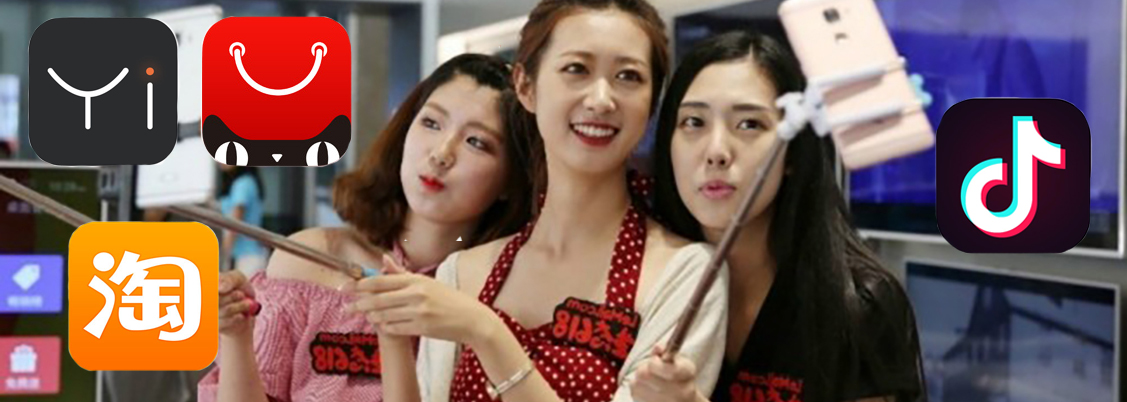
China has completely stepped ahead of the curve on live streaming and short videos. China is more invested in video media on social platforms than any other nation, with viewership hovering around 456 million from live streams alone.
Deloitte, a consultance, estimates that China’s live streaming revenue will hit $4.4 U.S billion by the end of this year, up 32% from 2017 and 86% from 2016. Short videos are not getting the short straw either, with a report by iResearch showing China’s short video market being valued at $900 U.S million in 2017, a YoY increase of 184%. Young people are constantly immersed in live streaming and short videos every day in China, similar to the role YouTube might play in the U.S.
Yizhibo
1. Overview
Yizhibo is the live streaming platform of choice for Chinese millennials. Yizhibo was founded in May 2016, and has quickly achieved massive performance and popularity, in part thanks to it’s partnership with Sina Weibo. The partnership allows users to view Yizhibo live streams and videos and interact with broadcasters (i.e. send virtual gifts) directly through Weibo without installing any other application.
Users can live stream almost anything, such as singing, dancing, tutorials, discussions, Q & A sessions. As a go-to channel for live-streaming events on Weibo, Yizhibo has attracted many Chinese celebrities and brands to debut collections and products on its platform. Yizhibo offers filters, which can be utilised by e-commerce for branding and interactivity. Along with this, broadcasts can be categorised according to location, popularity, topic etc. which allows live streams to be tailored towards certain demographics. Categories include:
- Overseas
- Fashion
- Gaming
- Teaching Skills
- Music/Singing
- Government
In terms of the interface and functionality, it is not unlike Instagram Live, or Periscope. Yizhibo has increased the efficiency of information exchange, due to its speed and immediacy, where users can simply move on to the next live stream with a tap of a button until they find something they are interested in learning about.
2. Statistics
A month after it’s launch, Yizhibo was able to boast an impressive 7 million daily active users, with more than 300 Chinese celebrities joining in. This has increased Yizhibo’s exposure and trustworthiness in China, further pushing their already prominent user-count upwards.
In an interview by Harbinger China, with Spencer King (Divisional Head of the company behind Yizhibo), we learn that Yizhibo is one of China’s most popular live streaming apps with over 3,000 celebrities using it daily. While MAU figures are unclear (Yizhibo has never officially published these numbers), since it is so closely linked with Sina Weibo, we can assume it could have anywhere up to 200-400 million monthly active users.
The main users of Yizhibo are young, tech savvy, and affluent with 30% being located in first-tier cities, and most belong to the post 90s and post-2000 generations. The demographics are largely skewed towards female. Spending power is often mid-level or higher, therefore making Yizhibo an ideal environment for content and product marketing.
3. Analysis
WeChat partnership
Because Yizhibo is integrated with Sina Weibo, it opens up a new array of unique advantages. As mentioned earlier, users can watch posted Yizhibo live streams from Weibo, and even send gifts. Furthermore, if users miss a Yizhibo live stream, this allows them to navigate to the live streamer’s Weibo to share, comment and interact even after the event has finished.
Celebrities and KOLs have used Yizhibo and Weibo together to connect different followings together, an amazing opportunity to promote products, shows, and so on.
Key Opinion Leaders
Yizhibo is also a place where key opinion leaders (KOLs), and their clients’ brands, thrive, as KOLs are able to endorse products or places through live-stream content. Chinese users often appreciate and deeply trust KOLs’ opinions. If a KOL is live-streaming on Yizhibo about a given topic, viewers are able to listen, ask questions, and engage in real-time to learn more about the given topic.
User Behavior
Like any other social platforms with a Chinese millennial-centric audience, Yizhibo’s users are very caught up with trending topics and themes. For example, during Woman’s Day, all content about make-up, skin care and women’s fashion saw immense peaks in popularity.
In relation to the ideal time for live streams, Yizhibo users are also more likely to be on during the evening. As user numbers increase, their activity level and viewing duration also becomes higher. This is no surprise, as live streaming is an easy way for people to relax, get caught up with recent happenings during the day after work.
Marketing Strategies
With Yizhibo’s huge user base, marketing strategies on it can usually yield massive success and follow-back. Two examples of successful Yizhibo marketing lie with Nutrilite and Haier.
Nutrilite launched a live stream named ‘Breakfast for Everybody’ in December 2016. This was to promote their products, along with a healthy lifestyle. This was further helped with KOL Junifly working together with Nutrilite to do a sponsored live stream. The stream brought in 150 million views in just 3 days, and over a million users participated to share their breakfast.
- Junifly does a sponsored stream (Credit: Chozan)
- Users share their breakfast (1) (Credit: Chozen)
- Users share their breakfast (2) (Credit: Chozen)
Haier also started their first their first live stream on Yizhibo to promote their new no-clean washing machines. Haier introduced the product and encouraged the audience to participate in a free trial. The live stream attracted 1.8 million views and helped its Yizhibo official account attract 0.12 million followers in 2 hours.
Alibaba (Tmall and Taobao) Live Streaming
1. Overview
The key to understanding Alibaba Live Streaming is to understand the powerhouses behind it. Tmall and Taobao are both online marketplaces created by Jack Ma’s Alibaba group specifically for Chinese consumers.
However, they are not the same. Whereas Taobao operates C2C (consumer to consumer), Tmall uses a B2C (business to consumer) model. Taobao is generally unrestricted in terms of user use and acts as an intermediary (a platform) in sales between private parties. Tmall is unique in that it is exclusively for brands, and requires all sellers to be trusted and verified (at minimum, needing a physical store in China). Most importantly, Taobao and Tmall are not competitors. They simply cater to different shopping needs.
In relation to the live stream platform, Alibaba has made it clear that the goal of the live streaming platforms will be to promote consumption. Enforcing this, is the fact that Tmall Live Streaming has popularised the ‘See now, Buy now’ strategy for live streams, being used on Tmall by notable brands like Burberry, Ralph Lauren, Victoria’s Secret just to name a few.
2. Statistics
Taobao Live Streaming is competitive: with over 10,000 hosts. Top Taobao influencer such as Zhang Dayi’s annual income is reported as 300m yuan (£35m; $46m) in 2016. This was higher than the top Chinese actresses reported income.
- While Taobao is not the only live streaming platform for commerce, it is one of the most relevant for shopping. According to Alibaba, the conversion rate of content on Taobao Live is 32%, which means for one million views, 320,000 items are added to cart.
Tmall Live Streaming is dominated by influencers and is used by 67% of brands in L2’s Digital IQ Index: Beauty China. Furthermore, broadcasts on Tmall Live Streaming generated 23 times more engagement according to L2. Streams are also benefited from KOLs.
- Celebrity live streams garner an average of 3.8 million interactions.
- KOL live streams garner an average of 476,534 interactions.
- Live streams without famous figures garner an average of 141,121 interactions.
3. Analysis
See Now, Buy Now
Tmall kicked off 2017’s Singles’ Day Build-up with a star-studded ‘See Now, Buy Now’ live fashion show in Shanghai on October 20, with “retail as entertainment” as its main theme. This marked the official start of Alibaba’s 3-week promotion campaign to build interest ahead of the 11.11 online frenzy.
This show would showcase more than 50 carefully-selected fashion brands (local and international). These selected fashion brands would later become available to preorder for Alibaba’s November 11 Singles’ Day. Top brands i.e. Estee Lauder, Victoria’s Secret, Ralph Lauren, and Furla, were among this year’s participants.
Meanwhile, as part of the deal for the recent partnership between Alibaba and New York Fashion Week, three prestigious American brands (Opening Ceremony, Robert Geller, and Jason Wu), were selected to bring the Fashion Week spirit to China in their debut show this year.
To further stoke the online frenzy and build consumer interest, seven major Chinese media platforms, including Youku, Weibo, and Taobao and Tmall’s shopping apps, broadcast the live show on October 31 2017.
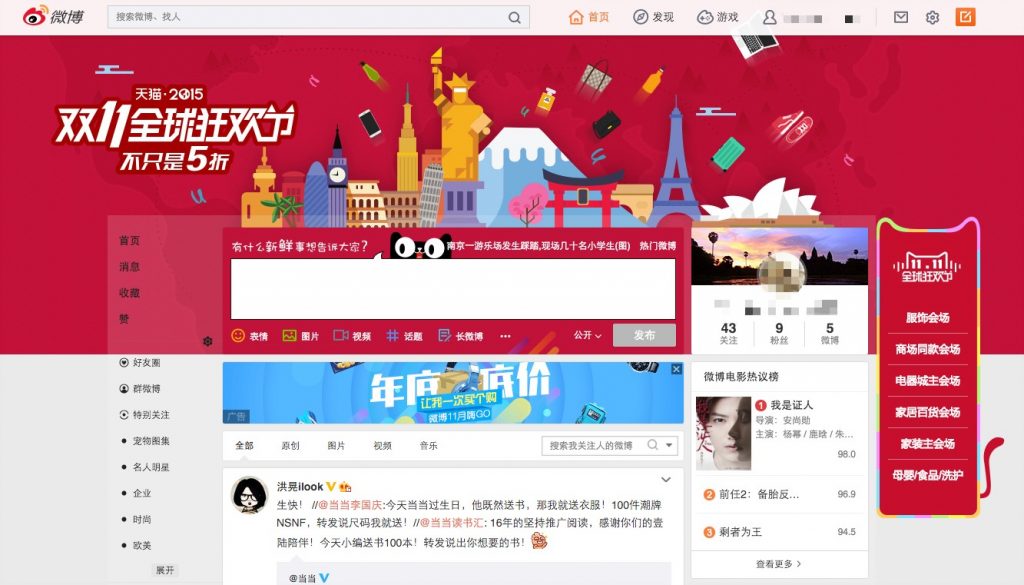
Weibo is one of several large Chinese platforms that celebrated Tmall’s Singles Day (Credit: SocialBrandWatch)
Tips for success
Kuo Liao, a Taobao/Tmall live streamer with 105,600 followers gives these tips to brands for a successful live stream:
- Start at a good time, preferably in the evening, and last at least 2 hours. The longer the better.
- Use special offerings or discounts to push your audience to purchase.
- Excellent presentation and useful information to introduce products, such as brand story, true personal experience, media recommendation, and analysis.
- Always read the messages left by your audience and work towards building good communication.
“Live-streaming in the e-commerce industry has become similar to home shopping channels in the US … except you can engage with the merchants and they can answer any questions you have live. Right away, you hear positive comments about the item you’re interested in, and it’ll urge you to buy it immediately,” said Tiffany Wan, general manager of VS Media, an agency that represents content creators and live-streaming stars in Hong Kong, Taiwan and the mainland.
Douyin
1. Overview
Douyin is one of the most popular social media apps in China, and is built around short videos. Douyin allows users to post and send photos, livestream videos, and lip sync along to music. Douyin, is owned by ByteDance and was launched in September 2016. Despite having a relatively glacial growth until mid-2017, it has since then skyrocketed in popularity, both domestically and abroad. Tik Tok, the international version of Douyin, topped the Apple App Store’s global non-game download chart for the entire first quarter of 2018, besting the likes of Facebook and Youtube.
Douyin’s main use is to upload short videos (no longer than 15 seconds) for people to watch. Coupled with robust editing capabilities and quick consumption anywhere anytime, Douyin has become extremely addictive to the young Chinese crowd. Genres of clips can vary, and just about anything can become a viral sensation on the platform.
Some of the most popular genres of videos are entertainment focused, like pranks, stunts, comedy skits and of course dancing and lip-syncing to music, all of which can appeal to anybody.
2. Statistics
Douyin has had a meteoric rise of users due to the ease of content consumption on it. Furthermore, the variety and quality of videos being uploaded every day is staggering, getting users to come back day after day.
- A Jiguang Data report earlier this year showed that users are spending 20.5 minutes per day (avg.) on Douyin. Considering videos are 15 seconds each, that’s 82 videos per day for EACH user.
- Douyin is getting 150 million users per day, and as of June, boasts a very impressive 300 million monthly active users (MAU).
- The click rates of videos on Douyin averaged 100 million times each day in May 2017. In August, the number jumped to 1 billion. This figure has likely increased tenfold since then.
The demographics of Douyin are ideal for brands:
- Over 60% of users have college degrees.
- 66.4% of Douyin’s userbase is female.
- A whopping 80% of users on the platform are under the age of 30.
- Over 40% of Douyin’s user base live in first and second tier cities.
3. Analysis
Beauty Sells
An overwhelming 80% of Douyin’s userbase are under 30, and 66% of them are female, both are key demographics for fashion brands. Furthermore, Douyin, like most social media apps, places more focus and promotion towards attractive content creators. With Douyin’s core format of short 15 second videos, a pretty face can sometimes be the whole appeal of a video, leading to KOLs being immensely valued.
“The videos are funny, and some are just beyond my imagination, so I’ve often found myself still watching it more than an hour after I opened the app,” said Hao Jingyi, a 19-year-old college student in Shanghai. “And another important thing is that I can see many pretty boys and girls there,” she said.
Wealth and Affluence
Over 40% of Douyin’s users live in first and second tier cities indicating wealth and affluence. Furthermore, a large portion of the users are between the ages of 20 and 25, meaning many are just beginning their careers and have potential to become luxury buyers in the future even if they aren’t now. With 60% of these users having college degrees, the likelihood only increases.
Hashtag Challenges
Michael Kors was one of the first luxury brands to partner with Douyin, and has had one of the most influential Douyin campaigns. Michael Kors made use of Douyin’s hashtag challenge feature to get user engagement on a platform-wide scale. Michael Kors hired 3 fashion influencers to appear at a live streamed event with the brand’s ambassadors including but not limited to Yang Mi and Mark Chao. Additionally, the Douyin KOLs present at the huge event (who have a collective follower base of 4 million) would promote a ‘city catwalk’ hashtag challenge by sharing videos of them doing a catwalk with Michael Kors products. Users would be invited to complete for the most popular video.
The three fashion influencers’ clips garnered over 5 million views, along with over 30,000 other users posting their own 15-second catwalk videos using the hashtag.
Douyin Stickers
Another company that managed to use Douyin to success is Pizza Hutt. Their strategy was more simple, and utilised Douyin’s own stickers. Pizza Hut launched a series of brand-sponsored animated stickers. These animated stickers are a fantastic opportunity for engaging millions of content-creating users every day, and would be used in short videos and even live streams.
If you want to read more, then click here to download our 140-page PDF version of this comprehensive guide, with 20 extra case studies!
Section Three | Social E-Commerce
8 out of every 10 people in China are browsing the internet daily, and with luxury consumption being so prominent, many of these users are undoubtedly looking at reviews and discussions of the latest trendy products and brands. However that only accounts for browsing and searching for product information. When it comes to actual purchases, 581.5 million Chinese people are purchasing consumer goods via e-commerce every month, with the figure having increased 12.5% since 2017. In 2018, simply putting up a store online and hoping users happen to purchase something is not enough. Brand awareness, social standing and a reputation of high quality is a necessity, hence the need for social e-commerce in any Chinese strategy.
Little Red Book
1. Overview
Little Red Book fits the criteria for social e-commerce perfectly, and is one of, if not the only platform that provides everything that brands need on the social e-commerce front. It provides a brilliant social networking interface, allowing brands to build trust and reputation amongst potential buyers through user-generated reviews and tips, while also having a very functional e-commerce system implemented which allows users to purchase straight away. Thus, making Little Red Book the one and only social e-commerce platform your brand will need to focus on
Xiao Hong Shu, or Little Red Book (also shortened to Red) is the top social e-commerce shopping app in China. It was launched in 2014 and became a hit among Chinese women. The concept of the app is uniquely Chinese, tailoring to the three highly prominent needs of the affluent Chinese consumer; trust, community and convenience.
How Little Red Book works is it is a social platform for travelers to share and recommend products they brought while they were abroad. Users post product photos with reviews and tips, and others can read, comment or save these posts to boards. (Think of Pinterest) Red has created partnerships with multiple foreign brands, and also has an e-commerce component; allowing users to purchase directly through the app. In the past women that wanted to purchase these products would have to travel. Red Book now provides a better and more reliable alternative, especially as warehouses in free-trade zones can significantly cut shipping costs.
There are no paid ads on Little Red Book, as it focuses on authenticity by encouraging user generated content. As such, working with KOLs on Little Red Book is not just cost-effective, but one of the main strategies for brands on the app.
2. Statistics:
Little Red Book currently has amassed 100 million monthly users, with over 100,000 new users joining every day. The target demographic is 18-35 year old Chinese women, with 90% being female and 80% being under 30 years old.
Little Red Book has a blog site with over 200,000 bloggers who post their findings.
17% of the total daily visitors on Little Red Book were opening it six or seven times a day. According to market reports, the app delivers conversion rates between 8%-20% — which is considered the highest rate attainable within the industry.
3. Analysis
Red Book Hosted Events
Little Red Book occasionally hosts Events that encourage users to post based on these events. This is in some ways similar to Douyin’s Hashtag Challenges. Event-specific filters and stickers are created for the users to use, and posts that have used these seasonal filters and stickers will stand out.
Brands can utilise these events to get more exposure and position themselves as the industry leader for certain occasions. An example of this is the ‘5-minute makeup challenge’ that launched in mid 2017. Users would be encouraged to share tips for completing their makeup in 5 minutes, and the products they’d use.
If Chanel, as a brand, wanted to position their foundation as a product necessary for any quick & easy makeup routines, then it would make for a great opportunity to partner with Little Red Book KOLs to accomplish this.
Topics
With KOLs being such an essential part of Little Red Book marketing, it is important to know the who some of the most popular figures are, the type of content they deal in, and whether or not they can work with your brand. Below is a list of the top 20 Red Book fashion and beauty KOLs based on the ranking by Robin8, an Influencer search engine. This ranking is based on a number of factors including follower accounts, content relevancy, and engagement (comments, likes, reposts and shares).
- Sun Shanshan, who ranked at ninth on the list, reviews mainly health and beauty products. She includes a variety of image styles and writes very detailed product descriptions. Her photos often feature her demonstrating or testing out the product.
- You can see here how Redbook profile pages look somewhat similar to Pinterest and, in fact, users are able to create themed boards (which can be seen in a photo further down in the article). Users also have the ability to tag photos, allowing other users to click those tags to see the featured products.
- Maxine’s content focuses on fashion. In her posts, she mixes in fashion product reviews with stories about her life, travels, and more recently, her experience with pregnancy and being a new mom. She writes in a very personal tone and makes people feel like she’s chatting with her friends.
- Zhizhi cm’s account is also beauty and skincare focused, but unlike Sun Shanshan’s account, this account mostly includes product photos and seldom features photos of the influencer. Her writing style is also more polished and professional.
Success Tips for Little Red Book
As mentioned numerous times, KOLs on Little Red Book are one of the best ways to get the attention of users. By using KOLs to spread a positive image of your products, users will feel more confident to invest in your brand. The goal is to establish a positive reputation as well as increasing the visibility of your brand, business or product/service.
Another important tip is make sure you are paying attention to the Chinese consumers. Almost all people that are using Little Red Envelope, will have some idea on the standards they should be spending, from having experience in other social platforms. Consumers will catch on to even slight things, whether that be good or bad. And so, make sure you are managing your e-reputation well, as it is essential, from the very moment users begin commenting on your products. Support and boost positive comments, and react immediately to complaints to prevent tarnishing the image of your products. One single bad comment can have tenfold the impact of a dozen good ones.
Finally, conducting a market survey is a great way to understand your marketplace within Little Red Book, and allows you to see how you can more effectively advertise your proposition. Research your competitor’s actions, what are they doing effectively, and in what area’s do they lack.

Make sure you learn what is trending amongst consumers, and what competitors are doing (Credit: Beauty P.)
If you want to read more, then click here to download our 140-page PDF version of this comprehensive guide, with 20 extra case studies!
Section Four | Chinese Beauty Apps
Fashion and beauty is one of the most profitable industries in China, with $164.22 billion being spent in the sector just last year alone, a growth of 26% YoY. More notably, is that China makes up for over one third of total global revenue within this sector. With this in mind, it’s no surprise that Chinese users are all using apps to further ‘beautify’ their looks.
Leading these magic touch apps is MeituPic, one of the most popular photo-editing apps used by teenagers, adults and even seniors. With having the fashionable social media photo being priority number one for many younger users, apps like MeituPic are a blessing and ticket to internet glory. And for brands in fashion and beauty, these apps are the perfect ticket to connect with users and create invaluable brand-customer relationships that will could last a life time.
MeituPic
1. Overview
MeituPic (usually referred to as just Meitu, but not to be confused with the company Meitu that owns the app) is a Chinese photo-editing app that has consistently been a go-to for over 450 million users every month. Meitu was first released as a Chinese Mobile Internet company in October 2008.
In the decade it has been out, it has become a leader with it’s vision to transform the way people create and share the idea of “beauty”. Meitu works by allowing users to change and alter a user’s captured photographs with just a few taps and edits. It is more or less a convenient photoshop equipped to cameras that allows users to add a diverse array of filters and make up to an photograph within minutes, and ensures that just about any photo uploaded onto social media will be ‘beautiful’ by societal standards.
The company behind Meitu, despite seeing net losses over the past year, have continued to remain diligent in providing high quality updates and visions for their app. Meitu’s next goal is focusing more heavily on global expansion. Earlier in January, the app was released to audiences in the UK, and it garnered amusing (and positive) controversy when users decided to experiment with Meitu’s filters on Donald Trump, Vladimir Putin and Mark Zuckerberg — just to name a few.
- Donald Trump
- Vladimir Putin
- Mark Zuckerberg
In order to further drive the firm’s overseas expansion, Meitu has made efforts in rolling out localized features. Earlier this year, it also designed special features respectively for Songkran, the Thai New Year’s festival, the Indian festival of Holi and Valentine’s Day. For Mother’s Day, Meitu also released new AR effects, frames and magic pen features exclusively for the celebratory period. The new features were available for download until May 31, and among them, users are able to turn pictures of themselves and their mothers into lovely carnations, or to surround themselves with a frame of carnations in selfies. Additionally, the users can draw on photos with the new magic pen feature, turning them into one-of-a-kind blessings for their mothers.
Meitu is at its core a photo editing tool that is an undeniable craze, and especially in China. Meitu in China is not just an app, but is a verb used to represent represent beauty, trendiness and youthfulness. Image and social status is a large part of day-to-day life due to the immense amount of time spent digitally. Meitu connects everybody together in that it appeals to people’s desires to be accepted and validated among their peers. Everybody wants to look young and beautiful, and as long as that remains a natural desire within a technology and social-media dominated society, Meitu will continue prospering in relevance. As such, it is a perfect opportunity for brands to connect to audiences with any beauty-related topics, as demonstrated by brands like L’Oréal Paris, Lancôme, Maybelline New York and more.
2. Statistics
As of Feb 2018, Meitu has amassed over 1.5 billion unique users worldwide and engaged 480 million MAUs.
- It has successfully established its influence in overseas markets with more than 500 million users abroad.
- According to App Annie, Meitu has repeatedly ranked as one of the top eight iOS non-game app developers globally together from June 2014 to January 2017.
- Meitu says 78 percent of its users are women, and most are aged 19-35 years old.
- The 480 million MAUs post about 6 billion photos every month.
- Meitu typically garners 100,000 to 200,000 iOS downloads per day in China, according to data company Mobile Action.
- The Android version has between 10 million and 50 million installations, according to Google.
- According to Barrons (financial investment firm), over half of all photos that are published on Chinese social media have been edited through Meitu.
3. Analysis
Unique Filters
Meitu has currently worked with over 100 premier makeup brands, such as L’Oréal Paris, Lancôme, Maybelline New York, Guerlain and Estée Lauder to name a few. By using the beauty app, these brands have been able to promote more than 2000 makeup products. Despite these products not being sold on Meitu directly, brands can simply link with e-commerce platforms like Little Red Book or Tmall to counteract that issue.
Content Marketing and Collaborations
Urban Decay has also worked with live streaming apps for content marketing in conjunction with their filters strategy, so that influencers can discuss Urban Decay products in an authentic fashion.
For brands, working with KOLs that are active on both Meitu and Yizhibo or Meipai (or any content platform of choice) will yield great results.
Meitu – Makeup Plus
1. Overview
Meitu’s Makeup Plus is a cutting-edge virtual makeup app created by Meitu (the same company behind the first previous beauty app MeituPic), and is a pioneer of its kind. This Meitu app allows users to apply hundreds of different lip products, make-ups, and more on their screen, providing them with a fairly accurate and realistic idea of how the product will look without needing to ever physically have it. According to the Google.Play store:
“MakeupPlus is the perfect app to take your selfie editing to the next level. With MakeupPlus, you can give yourself a full virtual makeover – from lipstick, contour and eyelashes, to brows and hair color, faux freckles and glitter – to find a look you love, right from your phone’s camera! “
Along with the ability to apply different make-ups with a tap, Makeup Plus also provides several other features. Here are some:
- Hairstyles and colors, allowing users to take their customisation to the next level with the hottest hair dye trends so that they know exactly what they want before even getting to the salon.
- Makeup Plus Touchup, allowing users to try on exclusive full-face makeup filters created by the biggest names in the beauty industry like Bretman Rock, NikkieTutorials, Lisa Eldridge, Christen Dominique, Angel Merino and more.
- Exclusive video makeup tutorials by leading makeup KOLs, and teaches users how to create virtual looks in real life.
- Makeup Plus community where users can share and discover tips, tricks and new products.
Despite being basically a side app alongside Meitu, it is notable enough in the innovative leap that the company has taken, to be mentioned separately.
2. Statistics
Due to how recently this app was launched, there have been little statistics yet. So far, we know that it has over 100 million users worldwide since it’s launch a year ago. However, given that it is essentially just a diverging part of Meitu, it is safe to assume that any further statistics and demographics will be similar in nature to Meitu itself, and that it will likely have the same growth trajectory if not more impressive; given that Meitu has build a solid foundation for Makeup Plus to prosper off.
3. Analysis
COUNTER
Meitu’s Makeup Plus app has partnered with luxury brands to launch its new in-app purchase service COUNTER. With COUNTER, Makeup Plus users can find out the ideal look for them, and then can buy products required for that look in real life right there and then without any hassle. Brands such as Clinique, Giorgio Armani, Lancôme, YSL, Charlotte Tilbury, Bobbi Brown and Max Factor have been named as part of the app’s product portfolio.
Currently, users can only buy lipsticks through the COUNTER service. The technology promises however, to expand in the near future. For now, COUNTER’s priority is to realistically imitate and improve the department store experience, counteracting the ‘messy and time-consuming’ traditional shopping method.
“The technology in Counter offers brands the ability to engage with shoppers like never before – allowing them to experience the product from anywhere, at any time,” said Frank Fu, Managing Director of Meitu’s Global Operations. As well as the financial pros of joining the app, the AR firm claims beauty brands can benefit from exclusive research. “Brands will be able to gain valuable insight into the try-on experience and access essential regional colour preferences from millions of MakeupPlus users around the world.” adds Fu.
Brick & Mortar Collaborations
Makeup Plus can collaborate with actual brick and mortar shops, like with Lancôme who installed in January 2017 in its flagship store in Canton, six “magic mirrors” incorporating the virtual makeup technology of the MakeupPlus app. These virtual makeup test screens were also used by the Nars brand at its launch press conference in China last year.
L’Oréal Paris
L’Oréal Paris in particular, has had great success with Meitu’s Makeup Plus app to attract interest. Urban Decay, a subsidiary of L’Oréal, has worked with Makeup Plus to create 3 unique Urban Decay filters, allowing users to try on the looks virtually. This partnership has benefitted Urban Decay through not just word-of-mouth but also through increased sales as customers are more willing to purchase products given that they know they will be satisfied.
If you want to read more, then click here to download our 140-page PDF version of this comprehensive guide, with 20 extra case studies!
Section Five | Audio & Video Advertising
While not as direct or grand as live streaming or partnering with a KOL in a campaign garnering a million sales and a front page in the local news, audio and video advertising in Ximalaya FM and Youku should not be ignored by any digital marketer. In fact, it contributes to the final aspects to a full and complete marketing strategy. Accessing the full depth of the Chinese social media landscape will require understanding the value of audio and video advertising.
Ximalaya FM receives over 6 million users listening in every day, with their top three podcasts each having more followers than the most popular podcasts on Audible, and Ximalaya’s music billboard following exceeds the top charts on Spotify by over 10x. Youku boasts stats that are just as impressive, having upwards of 150 million viewers daily, compared to Youtube’s 30 million. While other media platforms like Douyin and Yizhibo are undoubtedly better for KOL partnerships and large campaigns, Ximalaya FM and Youku shold definitely not be underestimated as a tool to simply grow brand awareness across a wider audience, that might usually not be reached.
Ximalaya FM
1. Overview
Ximalaya FM is the largest online audio service platform in China, and lets users share and gain knowledge and personal experiences of 328 different categories (sectioned into 20 main categories). It opens up a new avenue of information within Chinese social media, through audio and personal podcast stations. With over 5 million hosts, and hundreds of different forms of radio shows, there is much untapped potential.
The audio platform was launched in early 2013, and has long led China’s online audio and podcast market, ranking first in app stores as of the start of the year with a penetration rate exceeding five percent, according to a report from mobile internet consultancy iMedia Research. In 2014, Ximalaya FM completed its second round of funding, securing $50 million yuan. By the end of 2014, it was valued at over 4 billion yuan. Ximalaya FM features some of China’s most notorious KOLs, like Luo Zhenyu, Mi Meng and Guo Degang.
Along with this, they also feature Sina (company behind Sina Weibo), among other notable brands. Along with this, they have strategic partnerships with 60 big automotive brands like Toyota, BMW, Ford, Cardilac, providing in-car entertainment systems for drivers and passengers.
With such a powerful opportunity for influence, many brands have jumped on the platform to sponsor shows, and create their own channels and branded content (Durex), and others have partnered with Ximalaya FM to increase brand awareness and buzz (McDonalds and Pizza Hutt With a noticeable lack of other competitors in China’s audio app industry, Ximalaya is an obvious first choice — and partnering with the right KOLs and podcasts will easily skyrocket brand awareness within China if done right.
2. Statistics
Ximalaya FM is the most prominent audio app in China, sitting at 40 million monthly users. This is compared to Qingting FM (the audio app with the second most active user base) which only has 18.3 million.
- 6 million daily active users listening in to over 10,000 professional daily uploaded audio content. Average time spent on the app is 125.24 minutes per day.
- 51% males and 48% females
- 56% of users are between the ages of 25 to 35
- Only 5% of users are over 40, and 23% of users are under 24.
- User activity in general spikes at 8 am in the morning, then decreases after 10. It then begins climbing at 6 pm, peaking at 11 pm.
3. Analysis
Taobao of Media
Yu Jiangjun, the founder has gone on to say he wants to make Ximalaya FM the ‘Taobao platform in the media world’. As far as numbers are concerned, Ximalaya FM has been on a good track. To achieve this, Ximalaya set up its paid-content column in June 2016, to encourage professionals to sell their knowledge online. On the third of December, they launched the ‘123 Knowledge Day’ to establish the first online paid-content festival in China.
The event netted a total sales volume of 50 million yuan within just 24 hours, the same revenue of Alibaba’s first Single’s Day sale back in 2009. The following year, the same event garnered a whopping 196 million yuan. According to Chinese media, paid podcasts accounted for over 50% of the platform’s total revenue in 2016, with the ARPU (average revenue per user) being roughly 90-100 yuan in the first three quarters in 2017.
This shows that users that are using Ximalaya FM are not worried about spending money, as long as what they are getting back in return is something they deem valuable. This is positive for brands, as it simply means that a following on Ximalaya may be difficult to acquire initially, however once a brand has proven their value and acquired the attention, they will have loyal users that are willing to listen with intent, and will be more likely to spend in turn.
Top Podcast Stations
Ximalaya FM offers hundreds of different stations for users to listen in to, from music, to comedy, to business and more. The top 5 podcast stations are as follows:
Ximalaya Good Voice: One of China’s more popular music billboards, with 62 million followers. Considering that top billboards on Spotify (a music dedicated app) usually have no more than 5 million followers, the Good Voice station proves that Ximalaya is flourishing.
Logic Show: Hosted by Luo Zhenyu, one of China’s most influential KOLs with 6.7 million followers. Topics on the Logic Show are generally about Business, Society, and History.
Guo Degang’s Xiangsheng: A comedy performance hosted by Chinese comedian and KOL Guo Degang with 6.6 million followers.
Funny Stories: Ximalaya FM also owns a similar comedy podcast named Funny Stories, with 5 million followers. Similar to Guo Degang’s Xiangsheng, their comedic stories and jokes are a big hit.
Good Night City: A late night show broadcasted every night to 5.3 million followers, discussing about urban life: be it work, daily occurrences, news and more.
Brands can pick the right KOLs and channels to partner with, in order to spread awareness of their brand and product. For example, a new start-up could work together with Luo Zhenyu on the Logic Show to provide insight on their brand’s journey. Brands selling products that are used commonly by everybody (like TVs or cars), can make a guest appearance on Good Night City discussing future quality of life improvements to current products or products in the works.
Brand Strategy
As mentioned earlier, there is a powerful opportunity for influence. Many brands have been jumping onto Ximalaya FM to create their own channels, or partner with bigger channels and KOLs to promote their brands. As of last May, more than 10,000 brands have collaborated with Ximalaya.
Umbrella maker Jiaoxia promoted their UV-blocker on Ximalaya by having audio blogger Caicai produce an episode about sun protection. Within the 24 hours that episode was distributed to her over 1 million followers on the streaming platform. In just the first minute, over 2,000 sun umbrellas were sold. By the end of the first day, Jiaoxia had successfully sold 20,000 sun umbrellas.
Another notable brand that has used Ximalaya for promotion is Pizza Hutt, who used the audio app to promote their new menu. Pizza Hutt would provide Ximalaya’s top 50 podcast hosts a meal allowance for their new menu. These 50 hosts would then mention the offer in podcasts, and ask their audience to participate in the chance to win an allowance by sharing stories of themselves to Pizza Hutt in the comments. In 10 days, the campaign received over 2 million interactions from listeners.
LinkedIn launched their own podcast in March 2018, featuring interviews with successful young professionals. The podcast has received over 150,000 listens so far.
Branded Ads
As users have the option to skip past branded ads, companies on Ximalaya FM are working towards making their audio ads more entertaining and organic, becoming a part of the show as opposed to a sectioned off intermission.
This is important, as it turns ads into something that listeners will not only not skip, but will also pay attention towards. Such branded content marketing great for building brand awareness and education.
Youku
1. Overview
Youku Tudou (usually referred to as just ‘Youku’) is one of the top social media platforms in China, brimming with over 150 million users every day. Youku Tudou describes itself as a “leading multi-screen entertainment and media company in China”.
Originally Youku and Tudou were two separate platforms competing with one another. This was the case until 2012, when Youku sought to purchase Tudou, ultimately creating an industry giant that became worth over one third the share of China’s video market, named Youku Tudou. This industry giant would then be purchased by Alibaba in November 2015, and would continue to grow into the current iteration of its platform.
Users access most content for free and the company monetizes user traffic through video and other forms of online advertising. As of 2013, the company had approximately 5,900 movies, 2,200 television shows, and 800 variety shows in its content library. Youku has forged partnerships with nearly 900 brand advertisers over the past several years, including household names like P&G, Coca-Cola, General Motors, Apple, Lenovo, Samsung, and China Mobile.
Almost half of China’s population are browsing videos on their mobile daily, and each are spending an average of 2h 43m watching content. Youku being a merge of two of the most popular video apps in their time, has naturally proven to be a hit amongst competitors time and time again. According to a survey done by Hootsuite and WeAreSocial, Youku is the third most popular social media platform tied with Sina Weibo. With the wealth of user-generated content, Youku is described as China’s Youtube more than any other video platform in the country.
As content is king in China, the quality of the content must be rich, specific and catching. Chinese people spend a lot of time looking for information about all topics. For brands, a common example of this is the Chinese consumers’ natural tendency to want reviews and suggestions online before making a purchase. Because of this, there is a glaring importance of providing high quality content for viewers on Youku, content that is enriching and will stand out.
2. Statistics
With a user base of 580 million monthly unique visitors, Youku Tudou’s content is accessible across multiple devices making them one of the top internet entertainment and media destinations in China.
Youku has over 150 million daily active users, with over 1.18 billion video views per day. Youtube in comparison, gets an average of 30 million users per day, albeit with a view rate of 4 times that of Youku.
Unfortunately we are unable to provide any valuable information on the platform’s demographics, as neither Alibaba nor Youku have released any relevant statistics outside of MAU/DAU.
3. Analysis
Advertisements
Youku pause ads are the ads that are displayed whenever a video is paused. These ads stay on until playback is resumed. As these ads are typically static, it can be effective if a video is paused multiple times. Viewers will see it every pause, and as such, increases the impression rate for the same user.
These types of ads are usually static, but can be quite effective because if a video is paused several times then the viewer will see it every time. This increases the impression rate for the same user. There are several different types of video ads that brands have access to, each suitable towards different budget and needs:
- Pre-roll Ads: Your ad is displayed before the start of the video.
- Post-roll Ads: Less expensive than pre-roll ads because users can skip it. Displayed at the end of the video.
- Banner Ads: A custom banner that can be displayed at the bottom, middle or at the top of the page. Ads displayed at the bottom are the cheapest, but require users to scroll til the bottom of the page.
While ads are a touchy subject for the relationship between consumer and brand, Youku has made attempts over the years at becoming more subtle and streamlined with advertising, particularly when working with big ad spenders. In 2016, Unilever-owned shampoo brand Clear became the title sponsor for Youku’s popular talk show ‘Mars Intelligence Agency’. During the show, a Clear product was placed on stage, and Youku even customised a song for the brand in an episode since viewers are more likely to understand a product value once they have emotional investment in the content.
Youku also partnered with China’s biggest cocktail brand Rio during a season of ‘Sing! China’, a Chinese version of ‘American Idol’. During the contest, Youku and Rio experimented with an ad-free format, where there would not be a single commercial break throughout the show (aside from a five second long pre-roll advertisement). In return, Rio would have access to an exclusively sponsored landing page of ‘Sing! China’ on Youku. The banners would redirect any viewers to Rio’s flagship store on Alibaba’s online retail platform Tmall, which would be filled with seasonal products in collaboration with the singing contest that was going on, along with their usual product line.
Online viewing analytics
Youku Tudou offers content creators an analytics feature that enables brands to identify their audience by providing the vital information regarding the viewer. These include demographics, geolocation, browsing technology and language. This enables brands to integrate targeted adverts or other location-related content into their content.
Along with demographics, Youku’s analytics also allows marketers to view engagement metrics like time spent viewing a page and frequency of return visits. All of this is information that is extremely valuable for online marketing efforts.
Official Channels
Brands can create their own channel on Youku, showing ads or product reviews. A Youku official channel has most functions that a Youtube channel does, however with some additional functions. For example, brands can add a short promotion or campaign video after one of their general ads. Other functions include original content verification, polls, adding text layers to videos.
The biggest advantage that Youku has over other video services like Youtube, is that since Youku is partnered with Alibaba; brands can set up online stores in the menu bar on Youku. This allows users to buy what they see in the videos immediately. This is key in separating Youku from other video platform, providing a new viewing experience for users while boosting sales at the same time. An example of a brand that has benefited off this is GoPro. Their official account on Youku has over 2 million video views and 12,000 fans. Their menu button has a ‘Buy Now’ button for their online shop where product are displayed, which links back to GoPro’s official T-mall flagship store.
Live streaming and E-Commerce
With Youku’s orange ‘Buy Now’ button courtesy of being owned by Alibaba, Youku has greater opportunities to convert viewers into consumers. Thanks to Youku’s superior e-commerce functionality, brands using the platform can also live stream campaigns on Youku to promote products or services and also get conversions.
Chinese singer & actor Lin Yilun demonstrated this capability in June 2016 where he held a 2 hour live stream on Youku. During the live stream, he introduced a new chili sauce. The live stream received over 7 million views, and more than 3 million jars of the chili sauce were sold.
If you want to read more, then click here to download our 140-page PDF version of this comprehensive guide, with 20 extra case studies!
Conclusion
As we draw to the end of this guide, it is important to look back and reexamine how each of these platforms work together within the Chinese social media landscape. The common goal throughout most Chinese marketing strategies is to increase brand influence, and eventually conversions. With the apps listed in this guide, brands will have everything that they need for a solid and far-reaching strategy. For your convenience, here is a basic layout of how they could be integrated together:
- Growing a brand’s range of influence for a particular audience – e.g. WeChat and Weibo, providing updates and creating a social presence; Meitu and Douyin, building connections with the follower through products/KOLs, reviews on Little Red Book etc.
- Directly increasing engagement and relations with that target audience – e.g. interacting with users on Little Red Book, through live streams such as with Yizhibo and Alibaba Live Streaming etc.
- Growing brand awareness across a broader audience on the side through relatively quieter marketing – e.g. podcasts on Ximalaya FM, using Youku’s diverse range of ads to reach more Chinese internet users etc.
- Finally converting visitors/followers into consumers.
If you want to read more, then click here to download our 140-page PDF version of this comprehensive guide, with 20 extra case studies!



